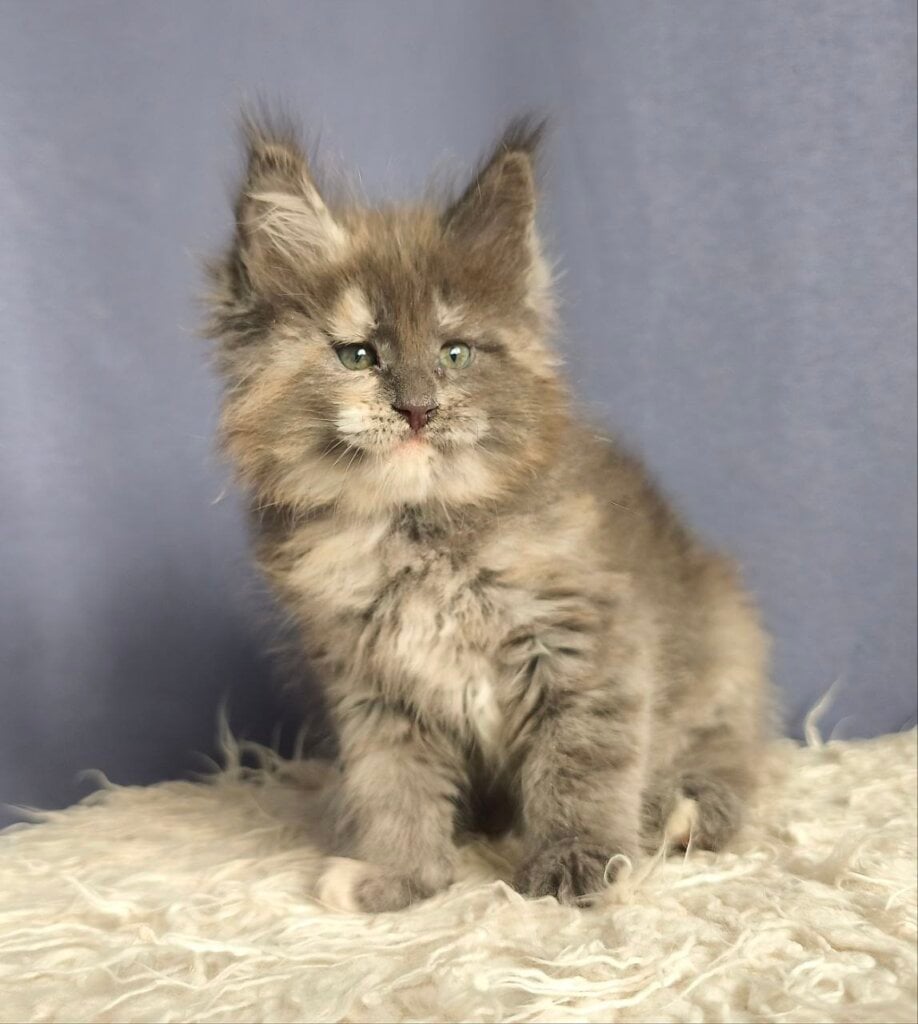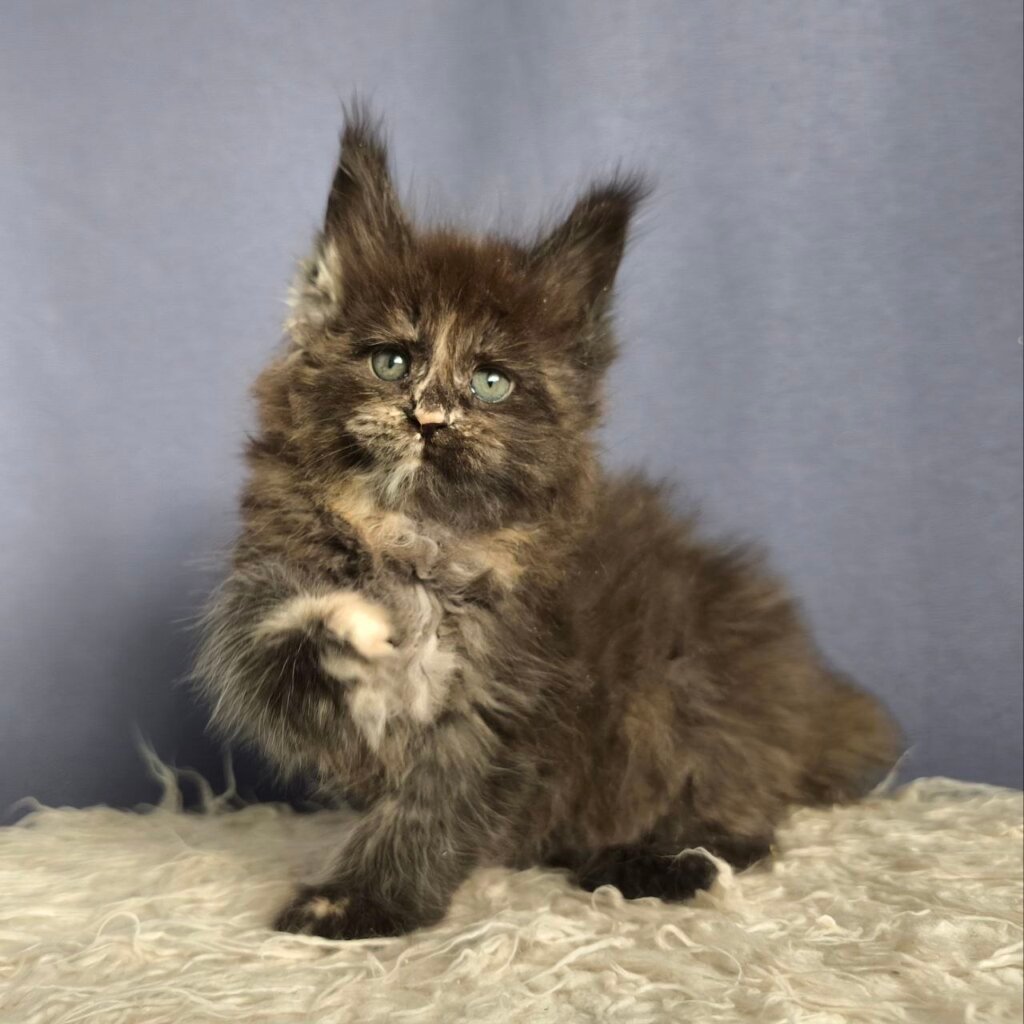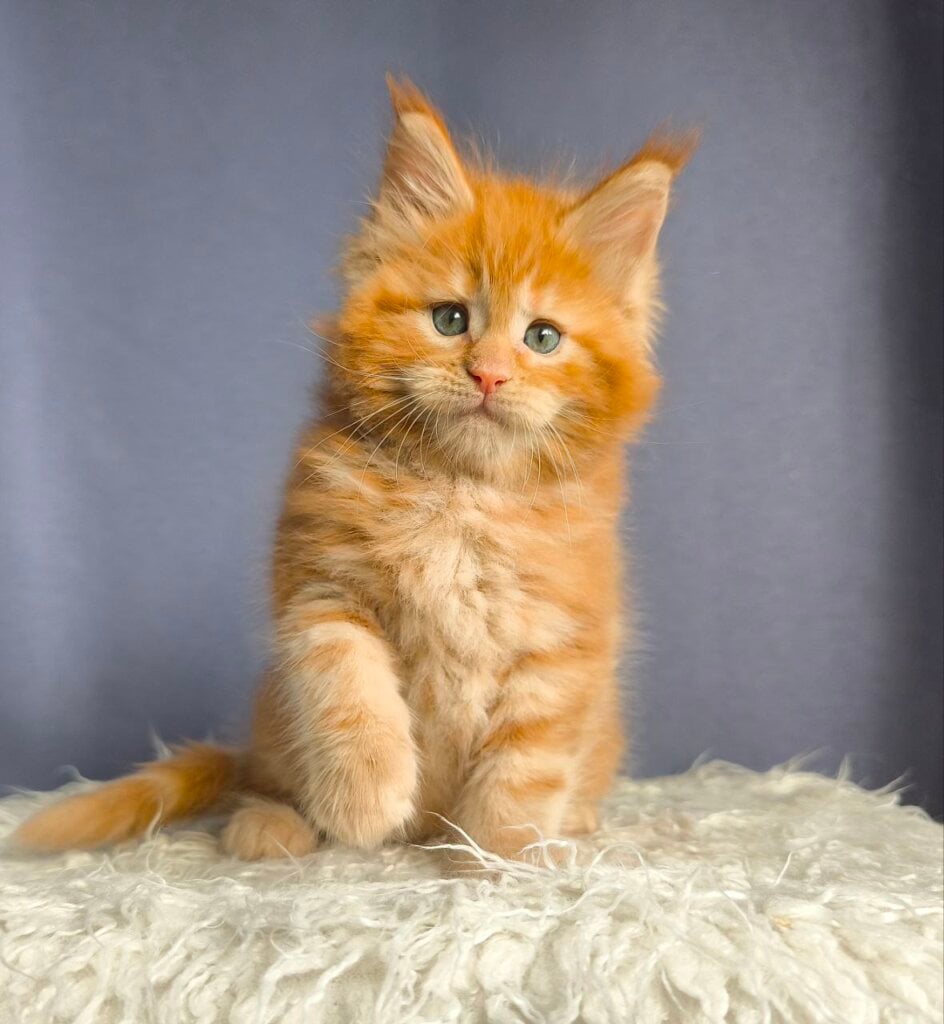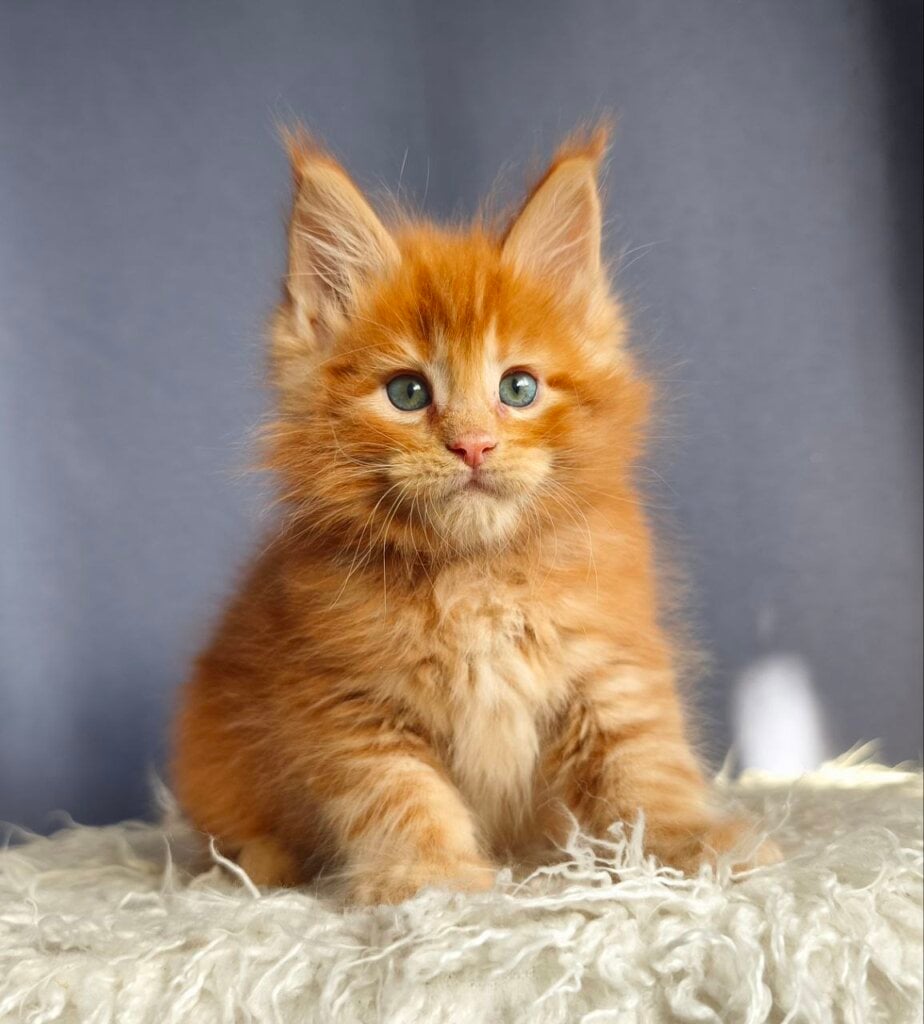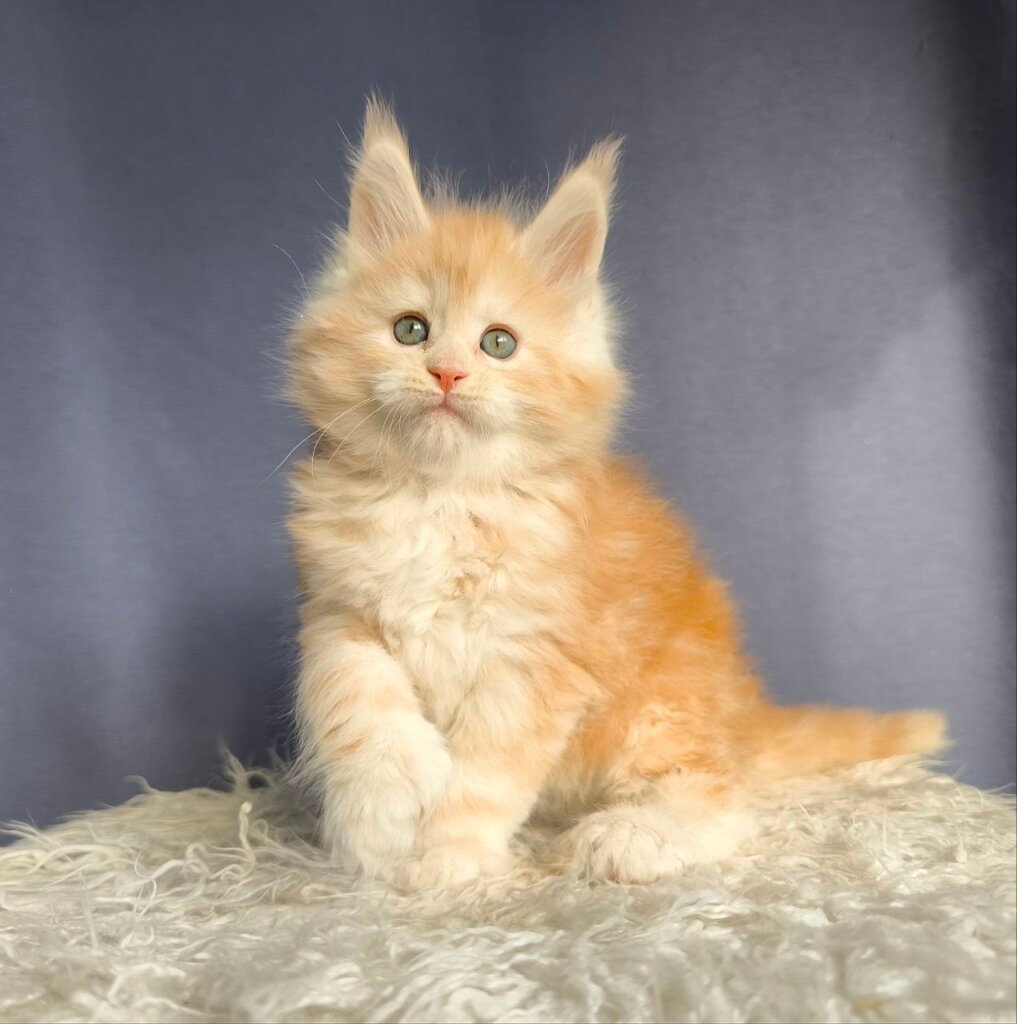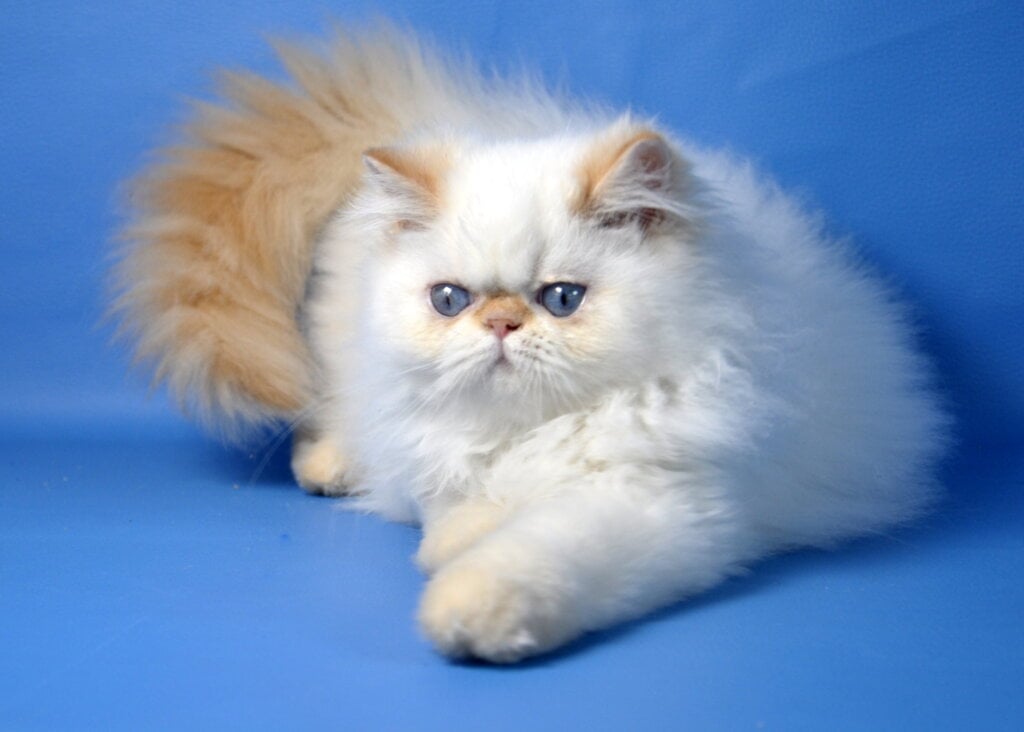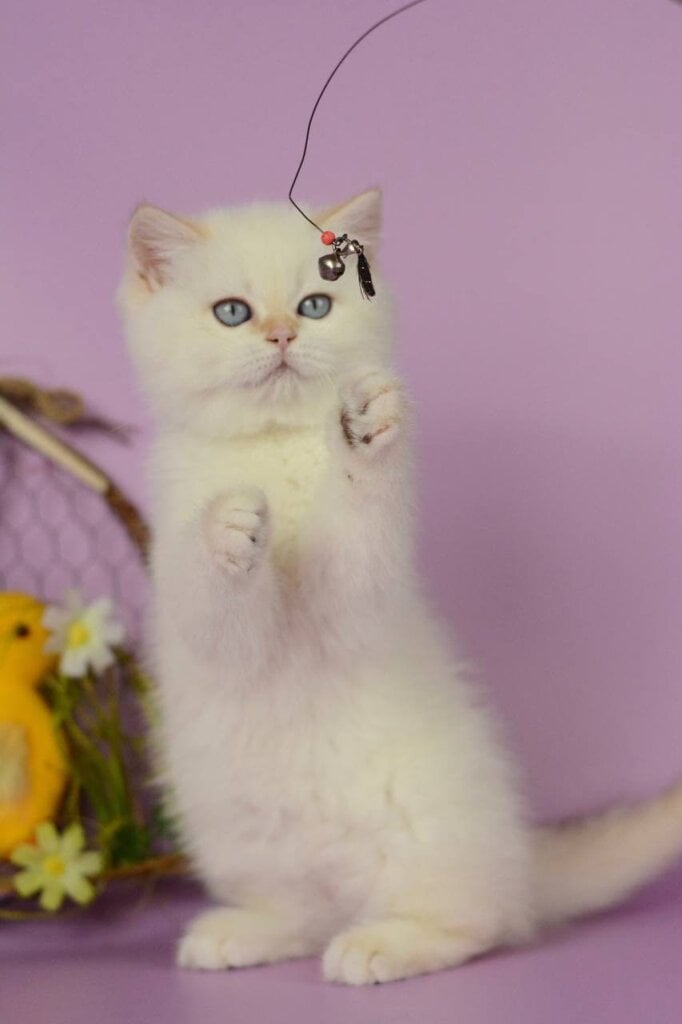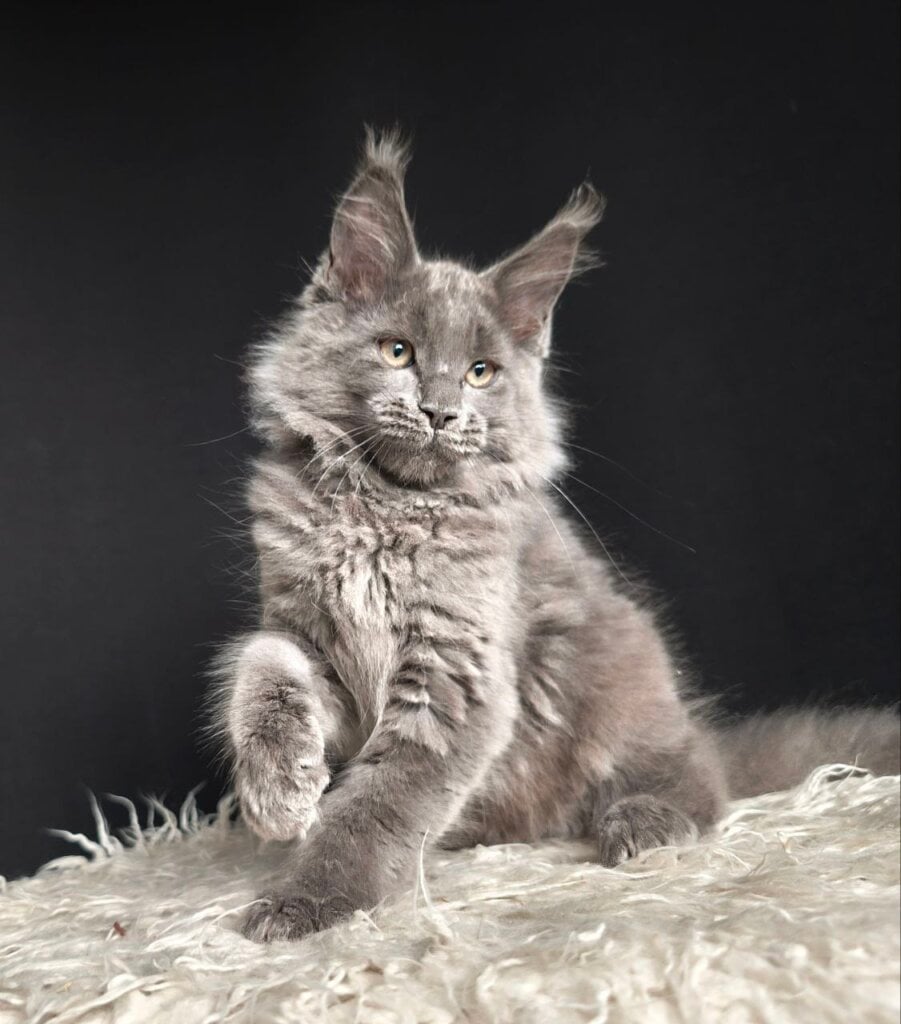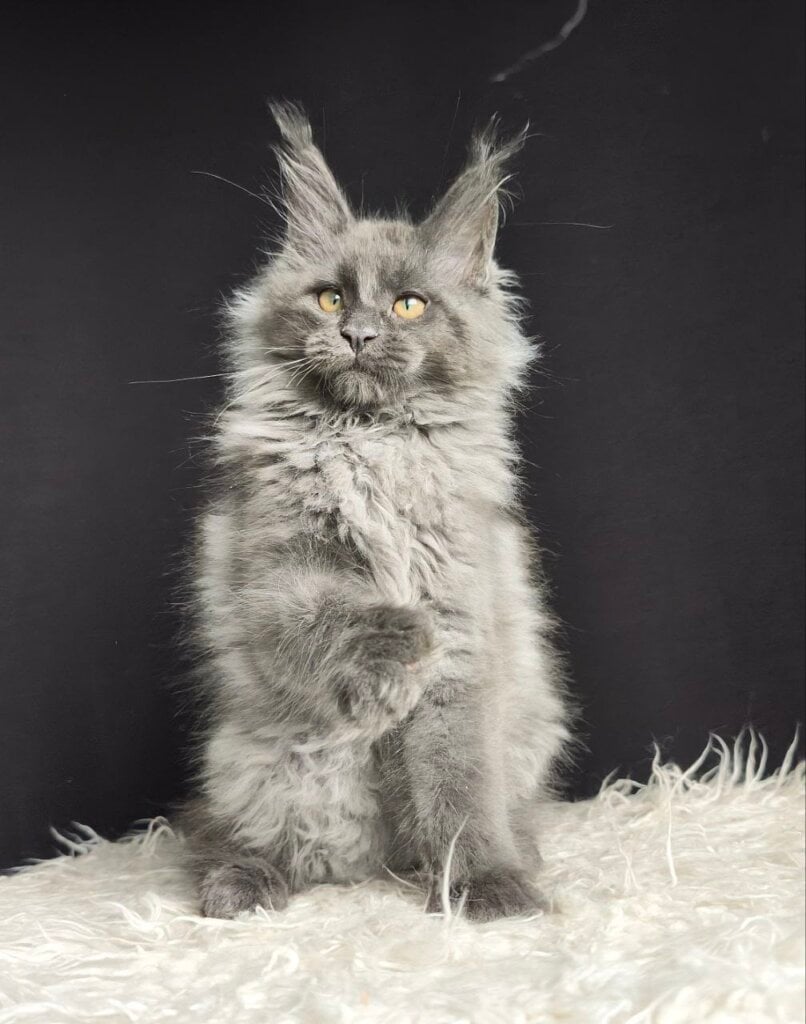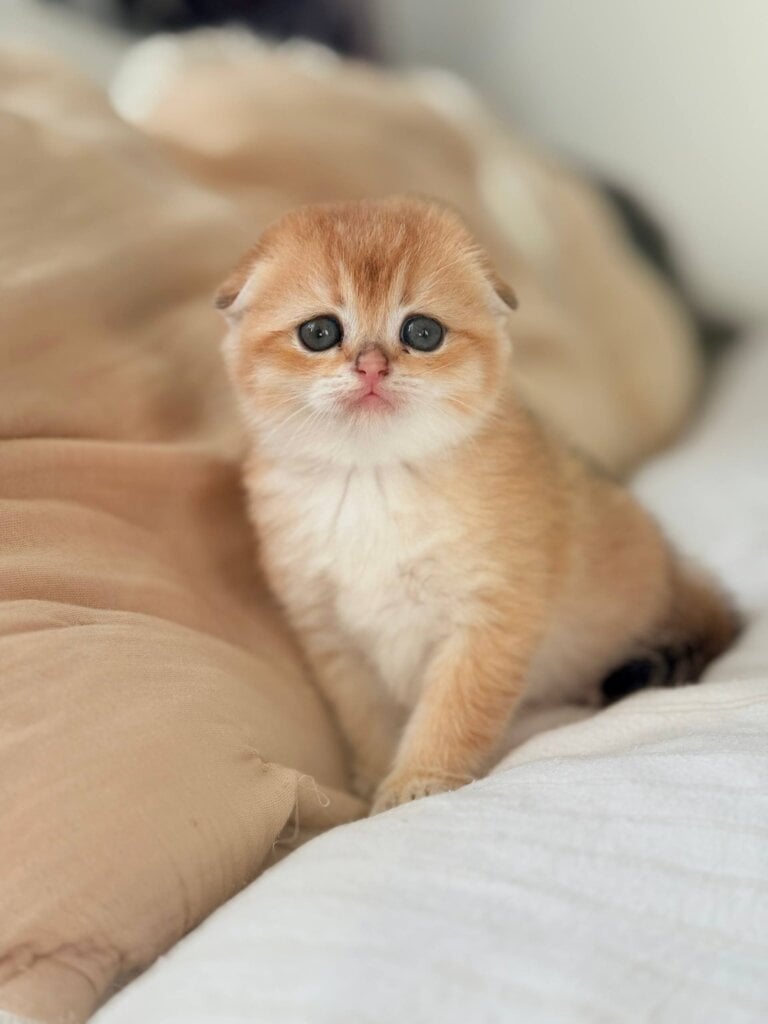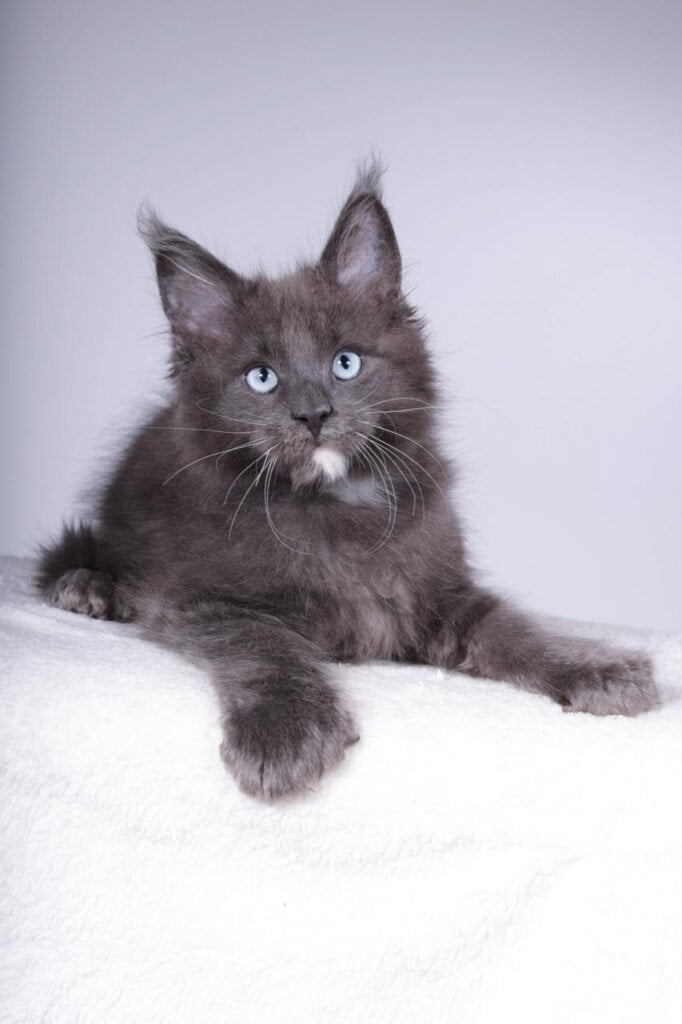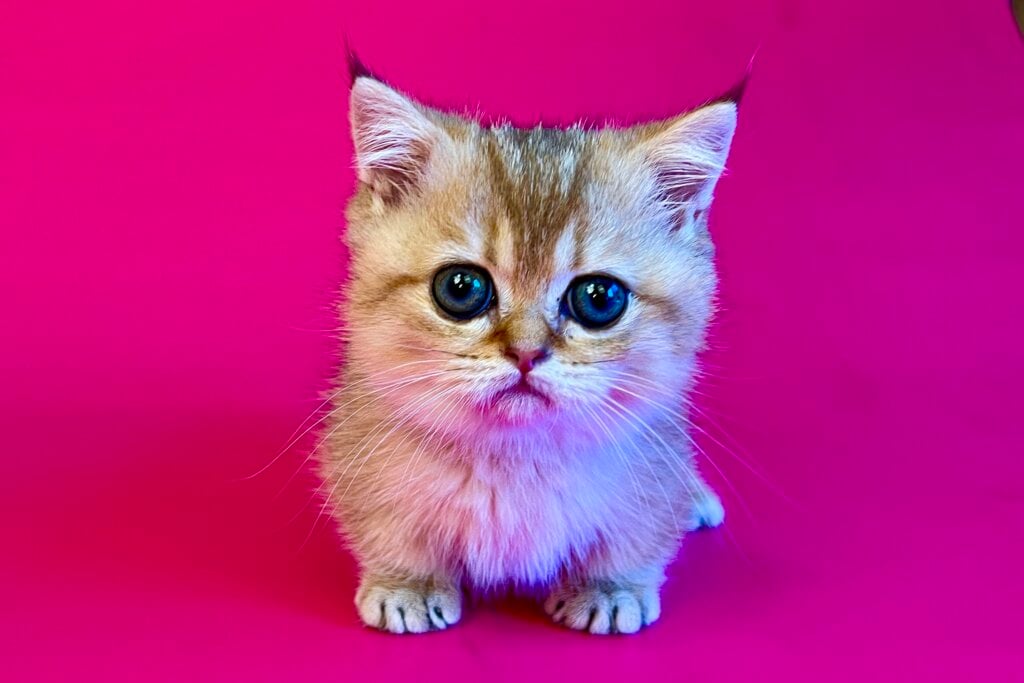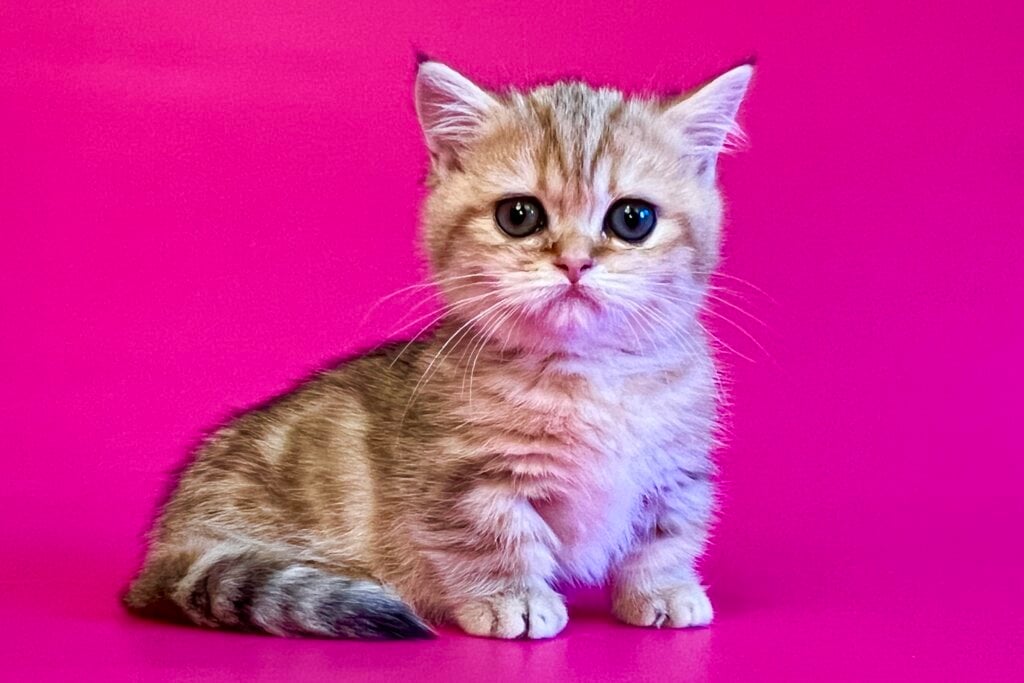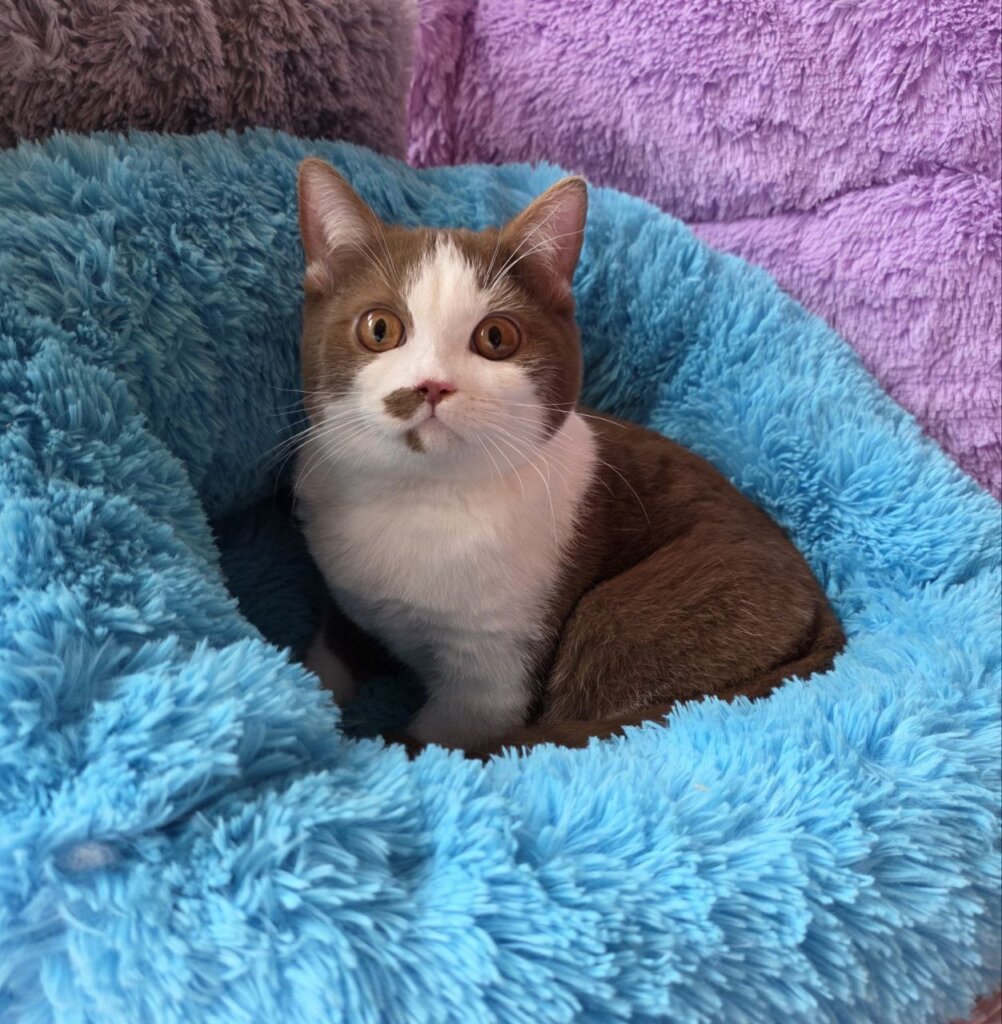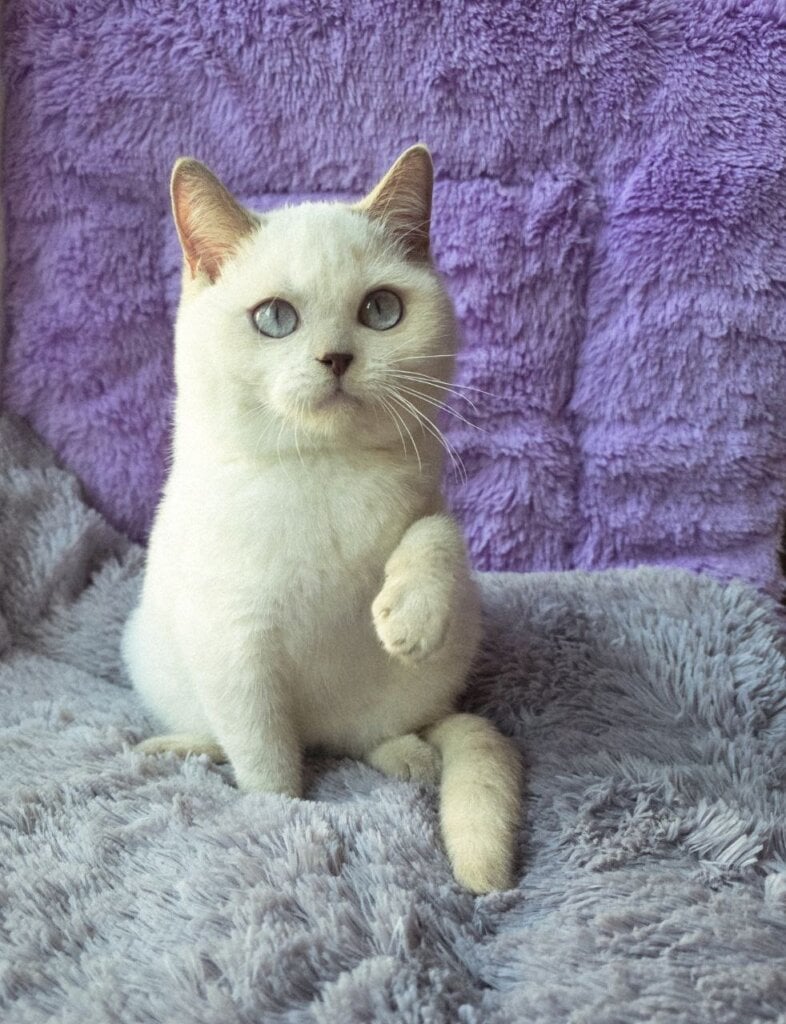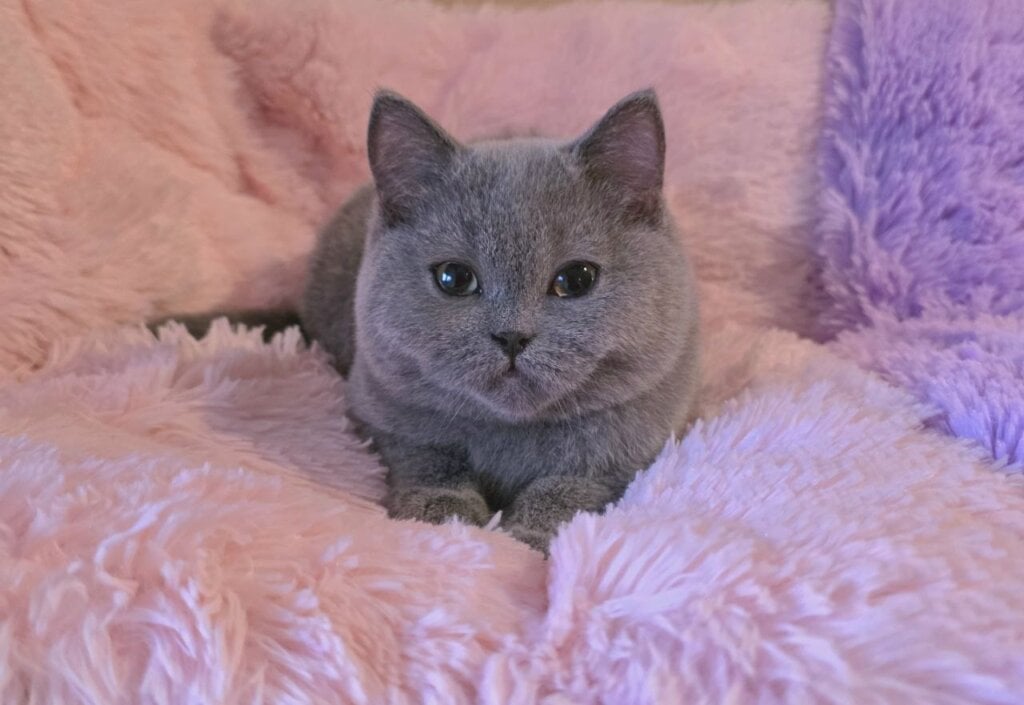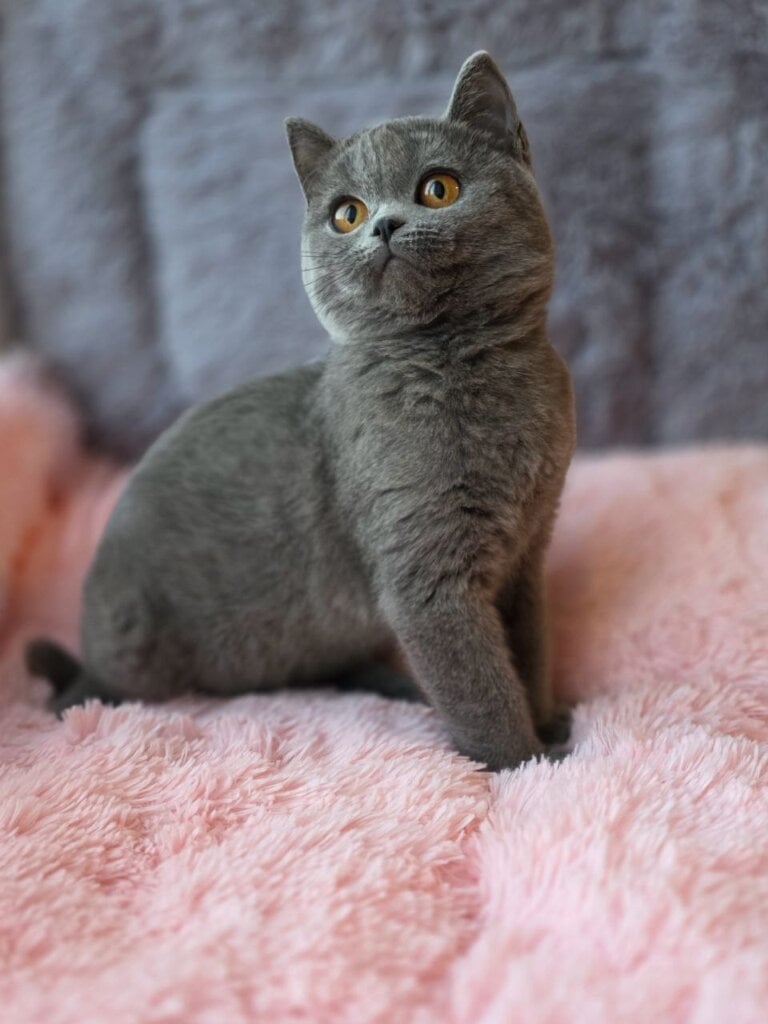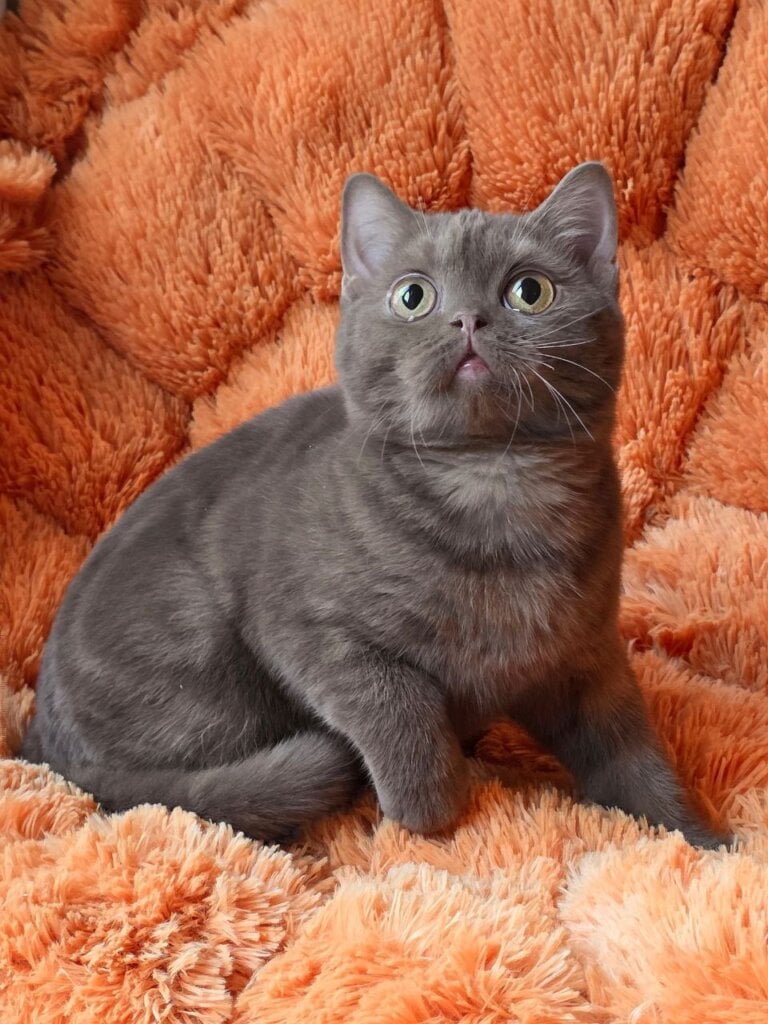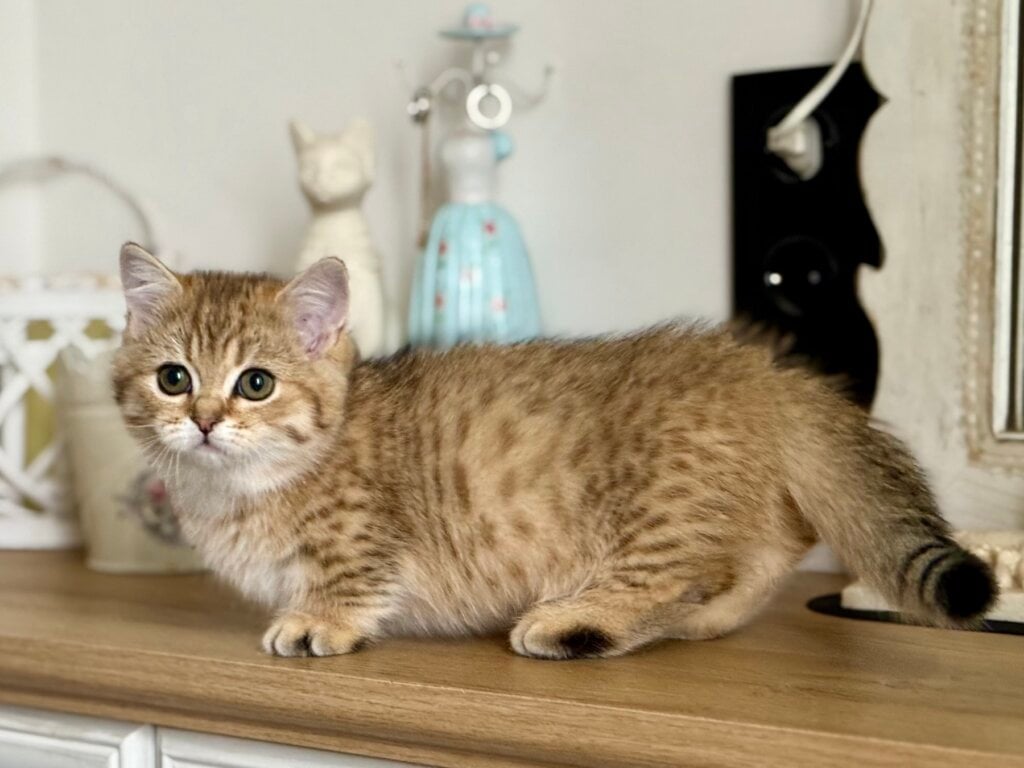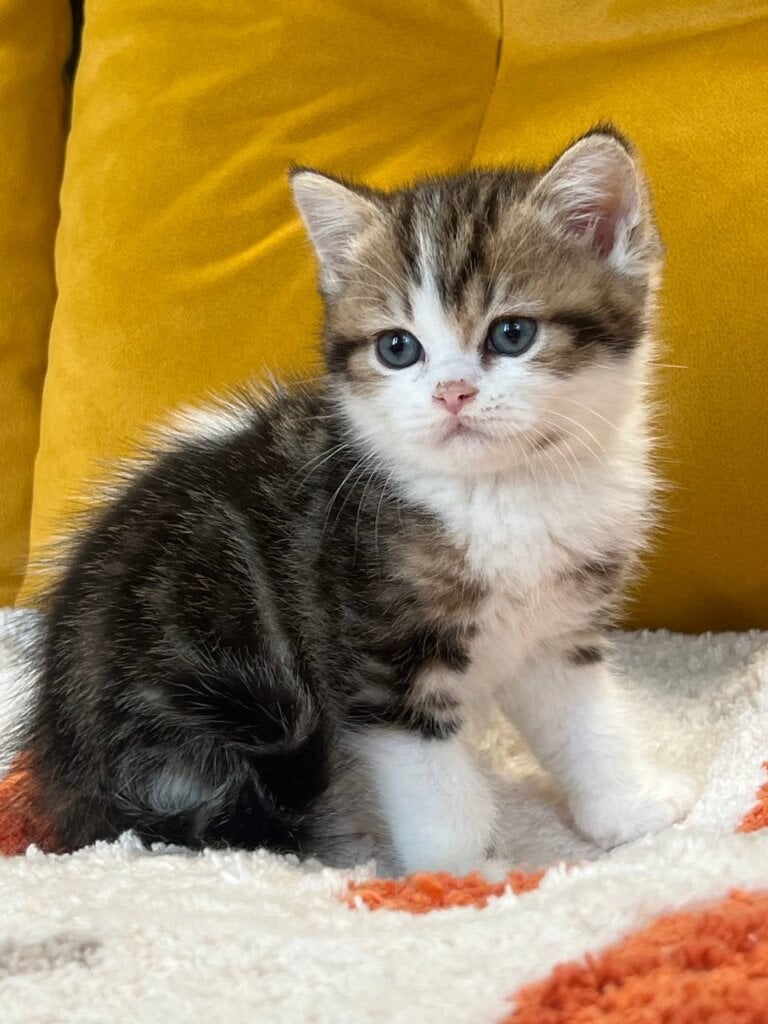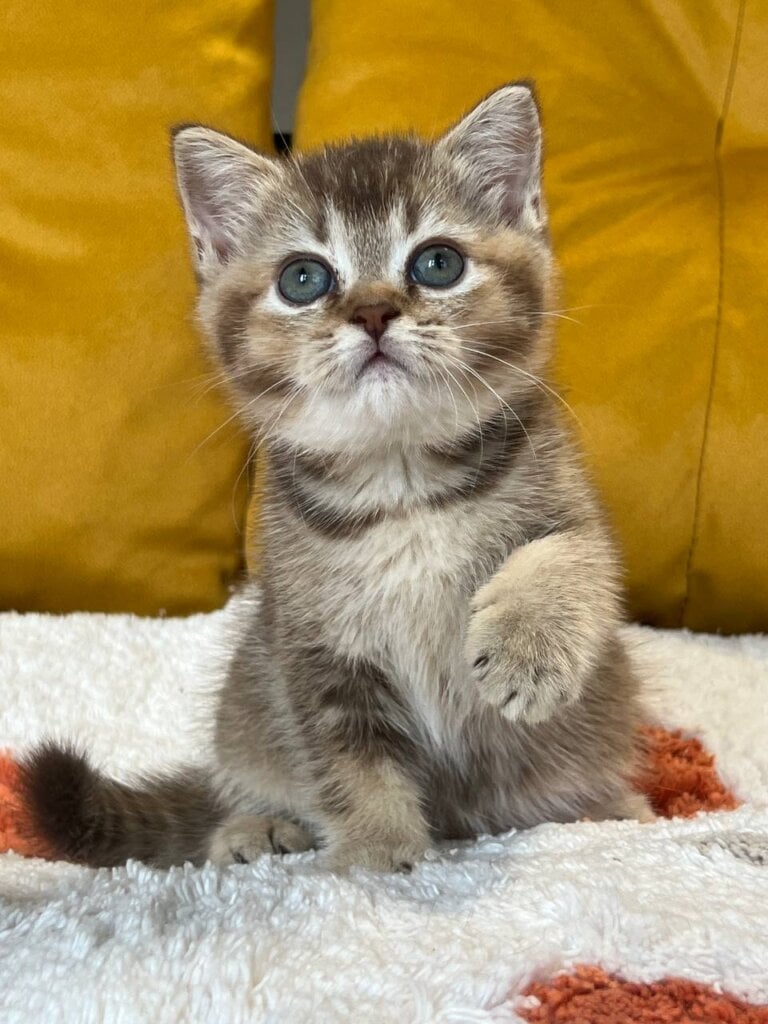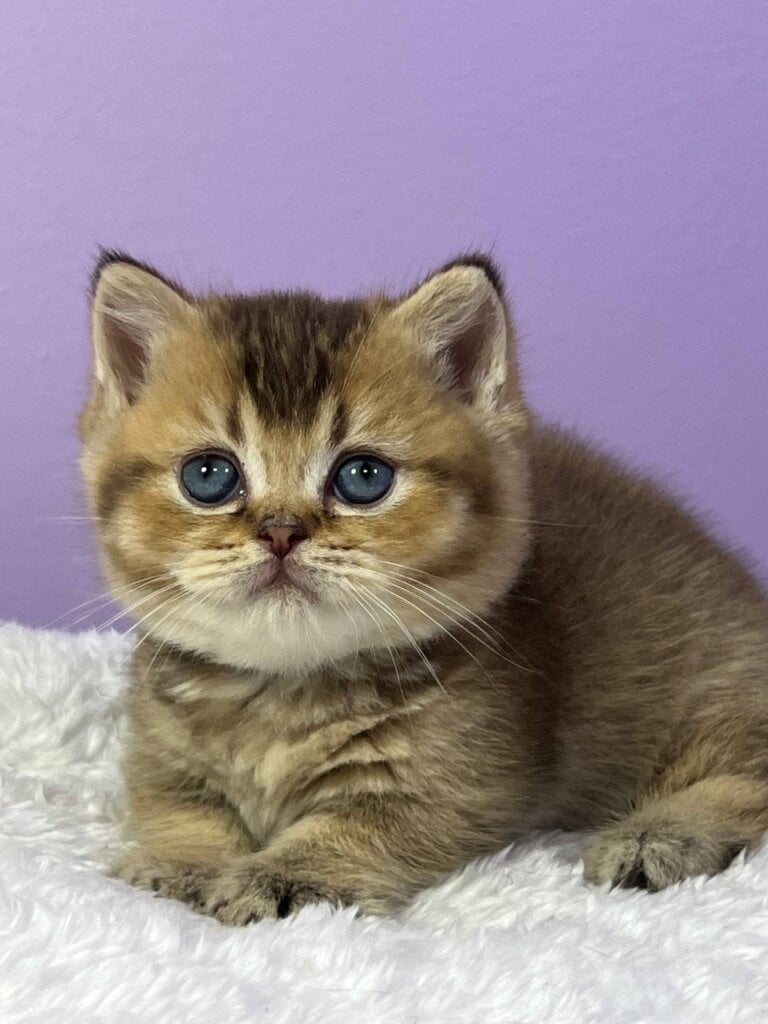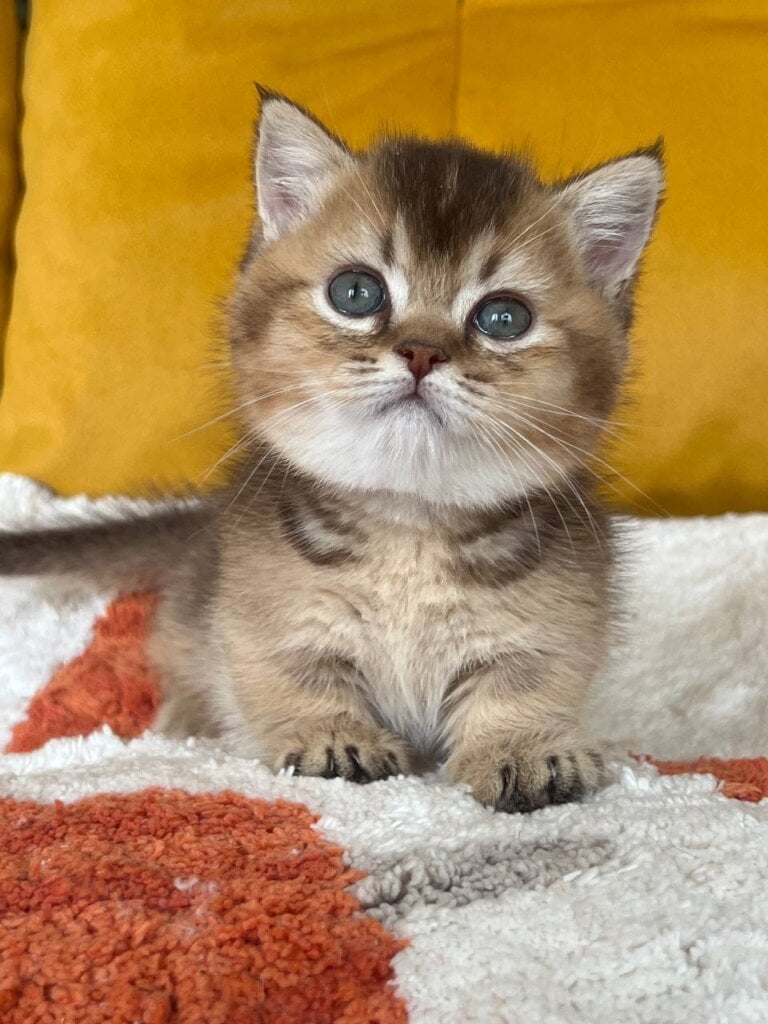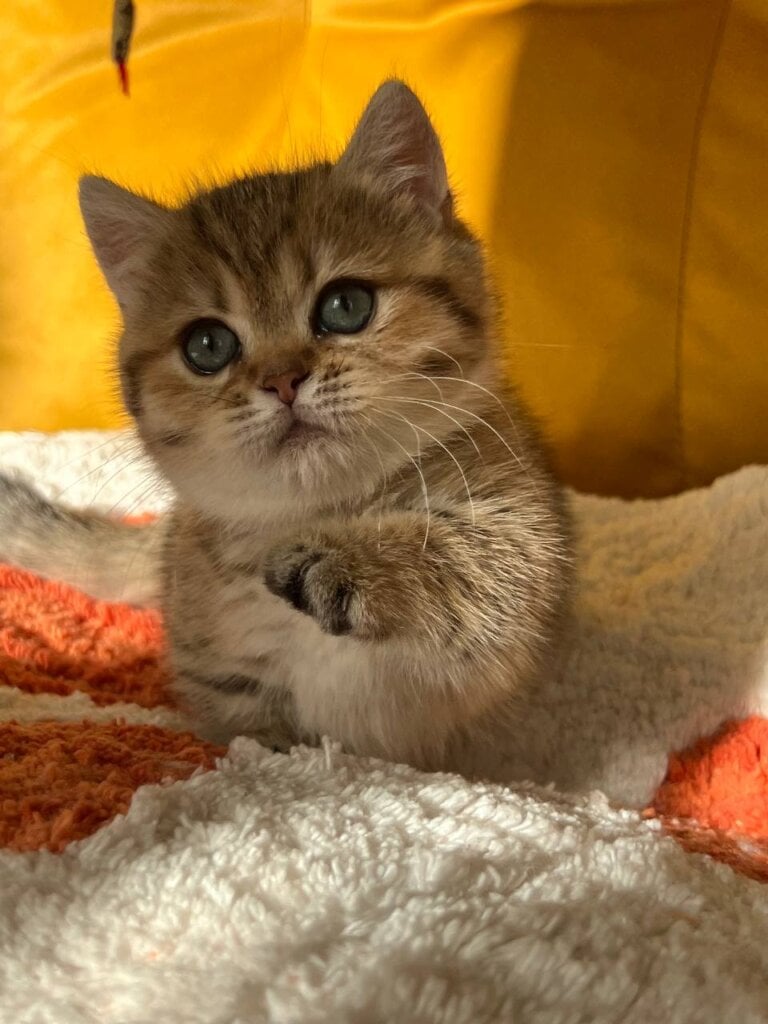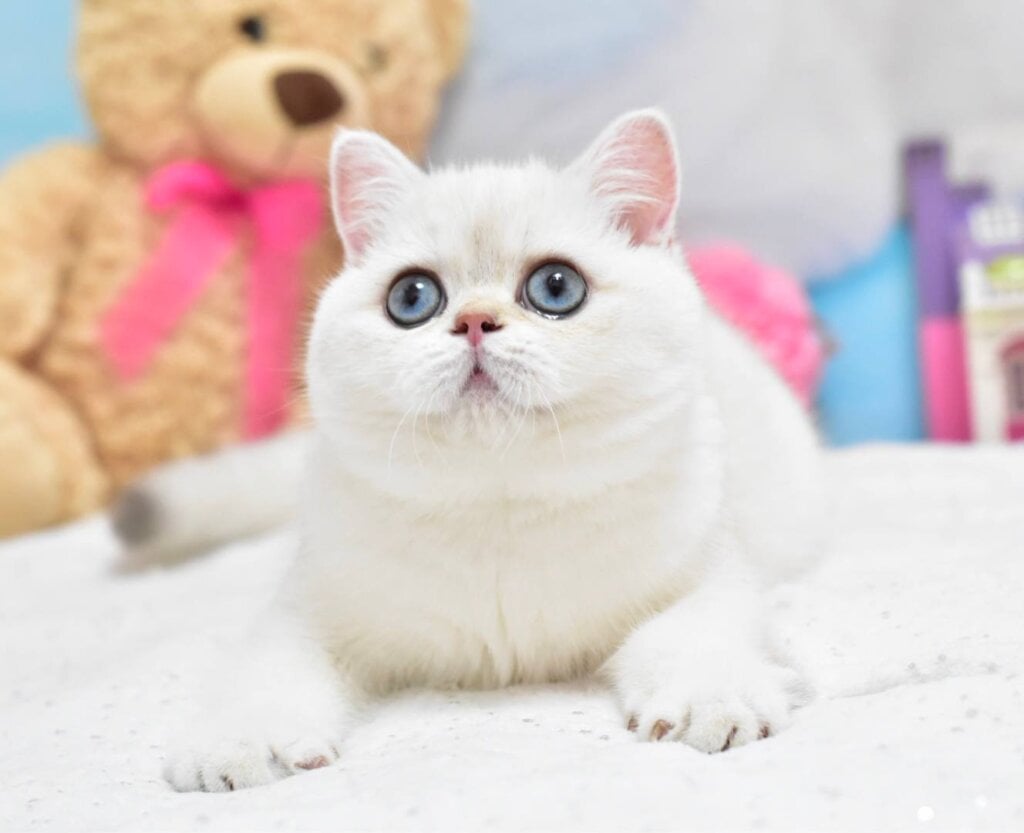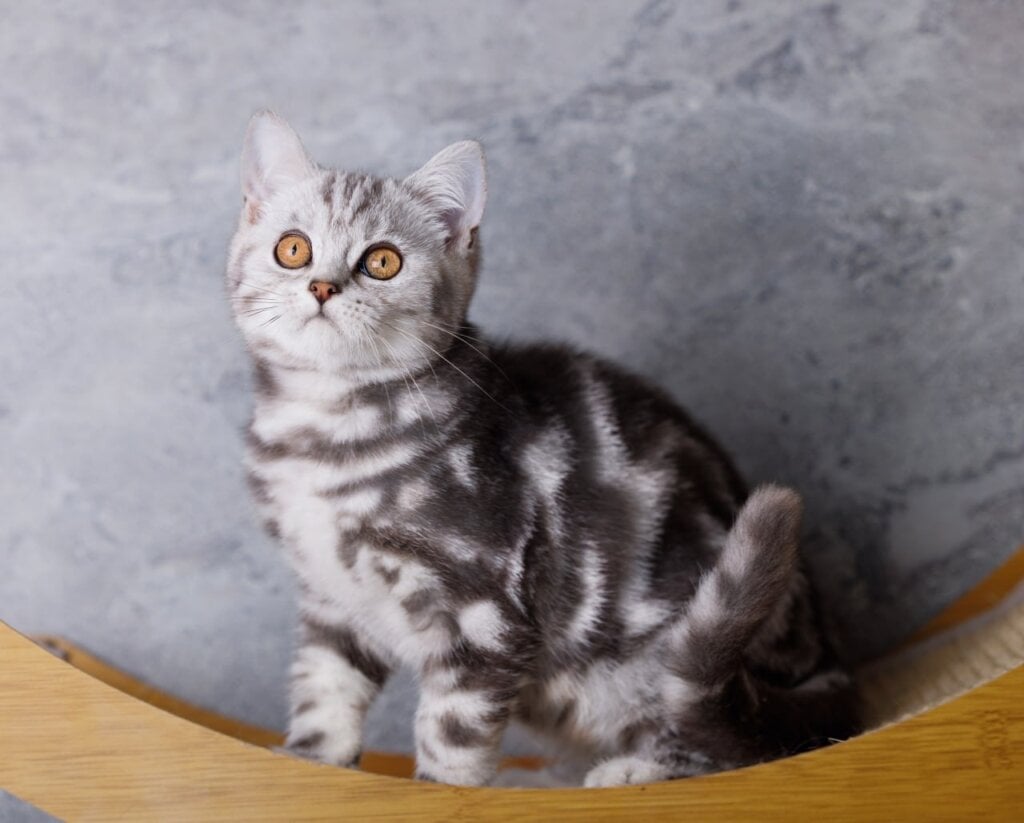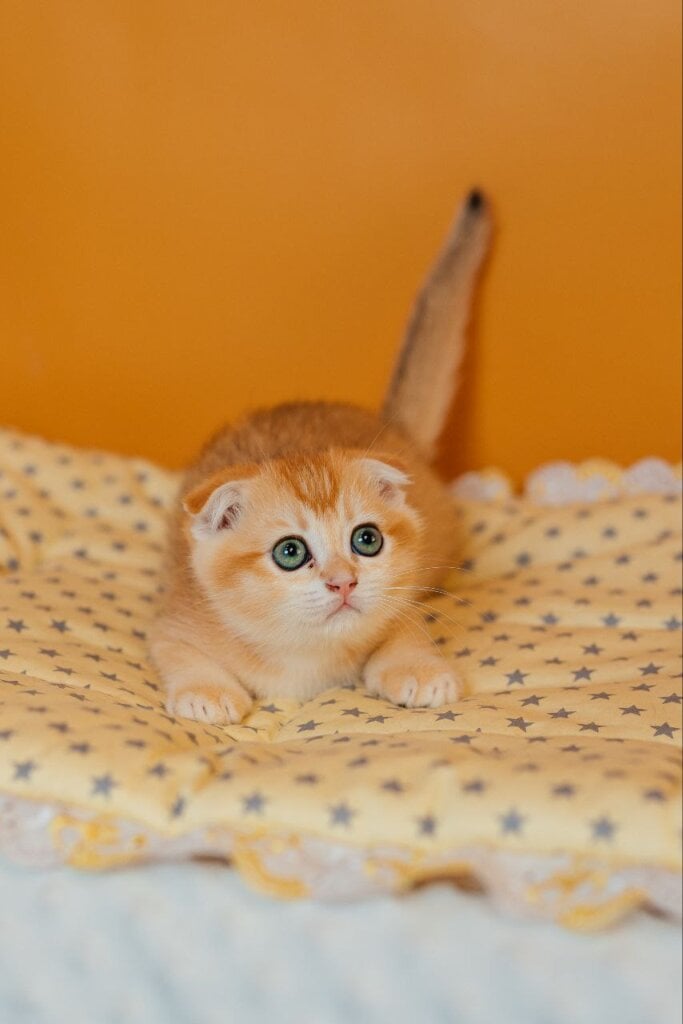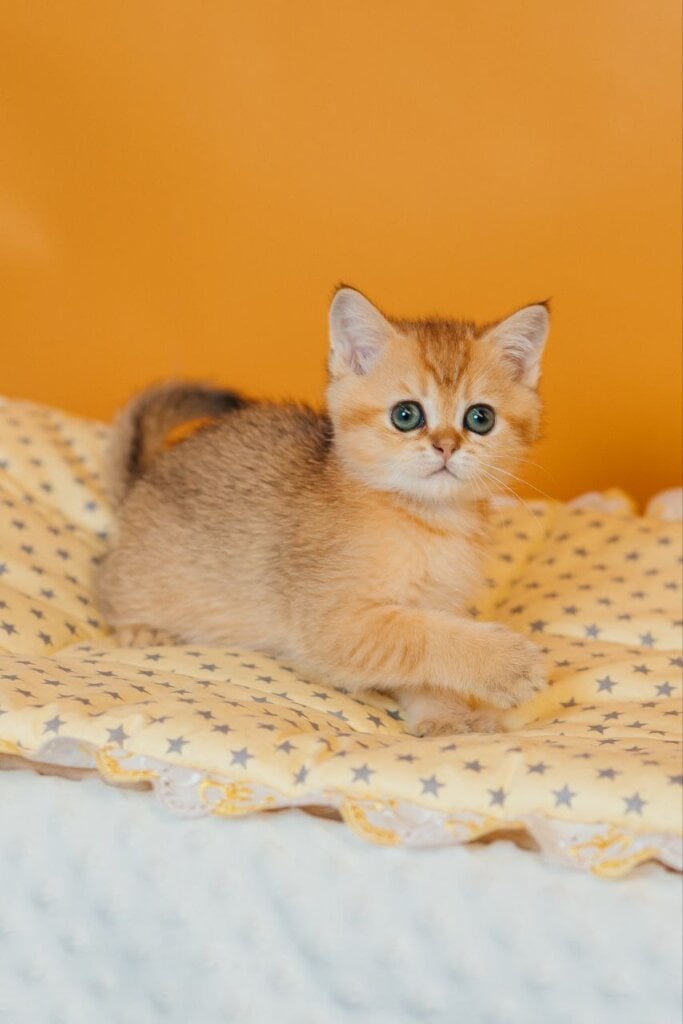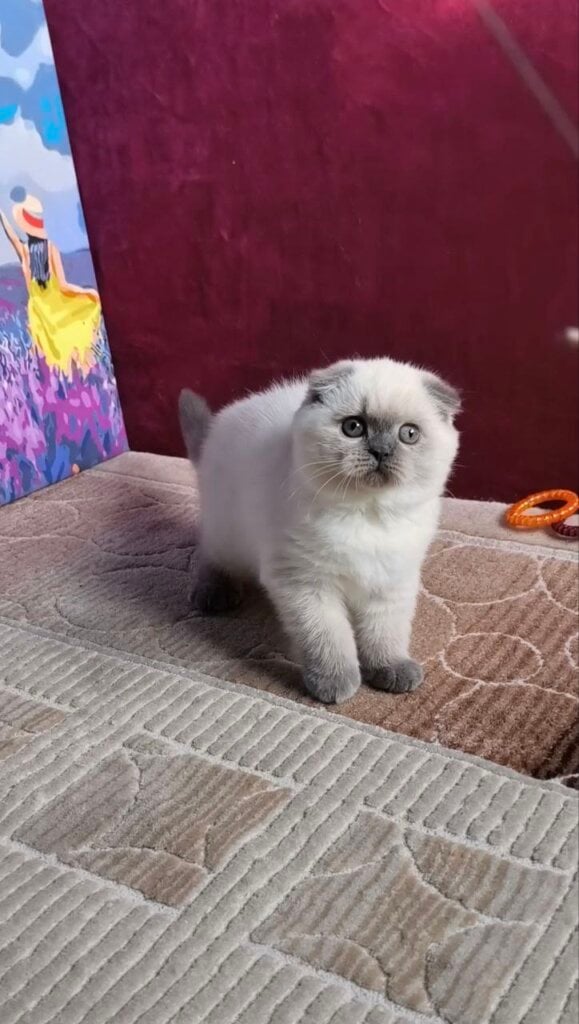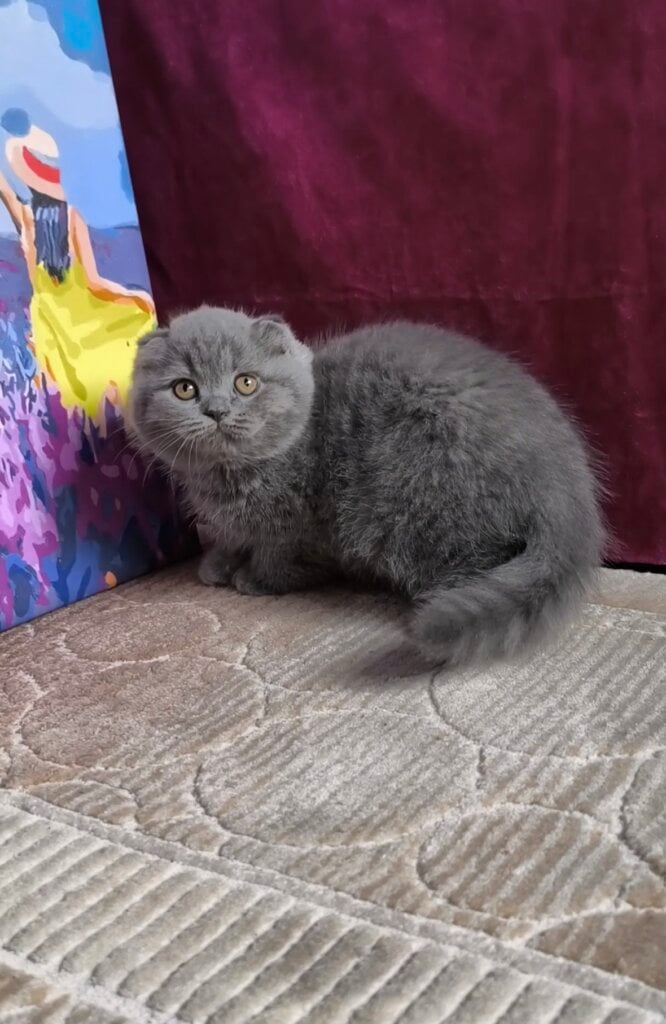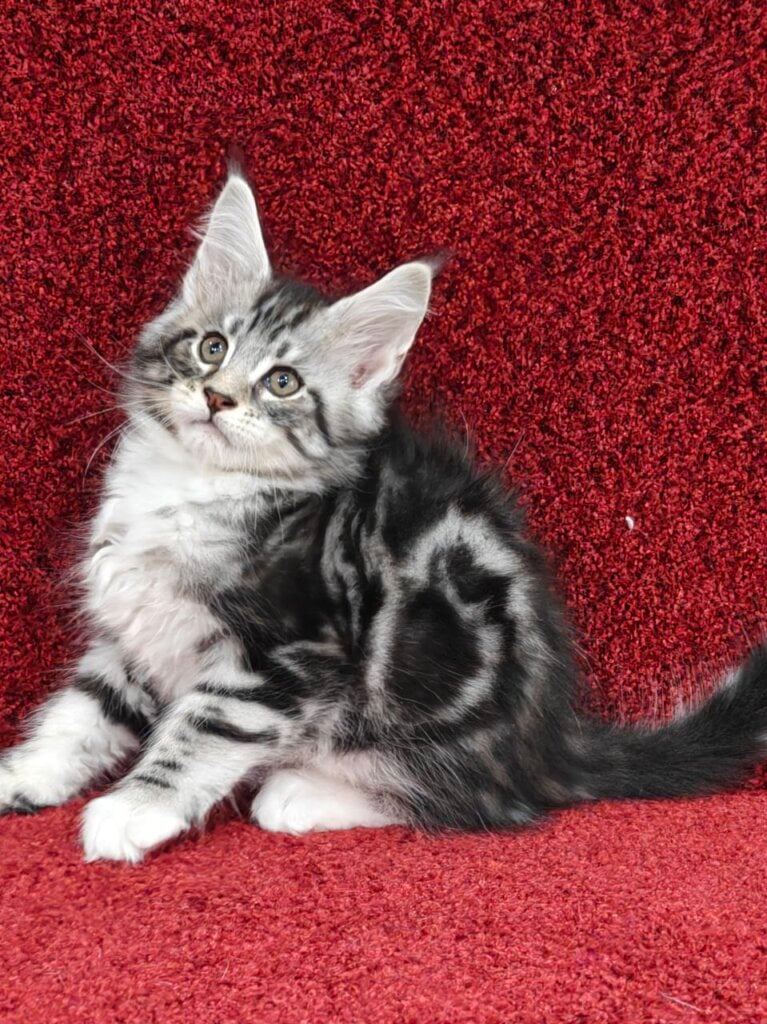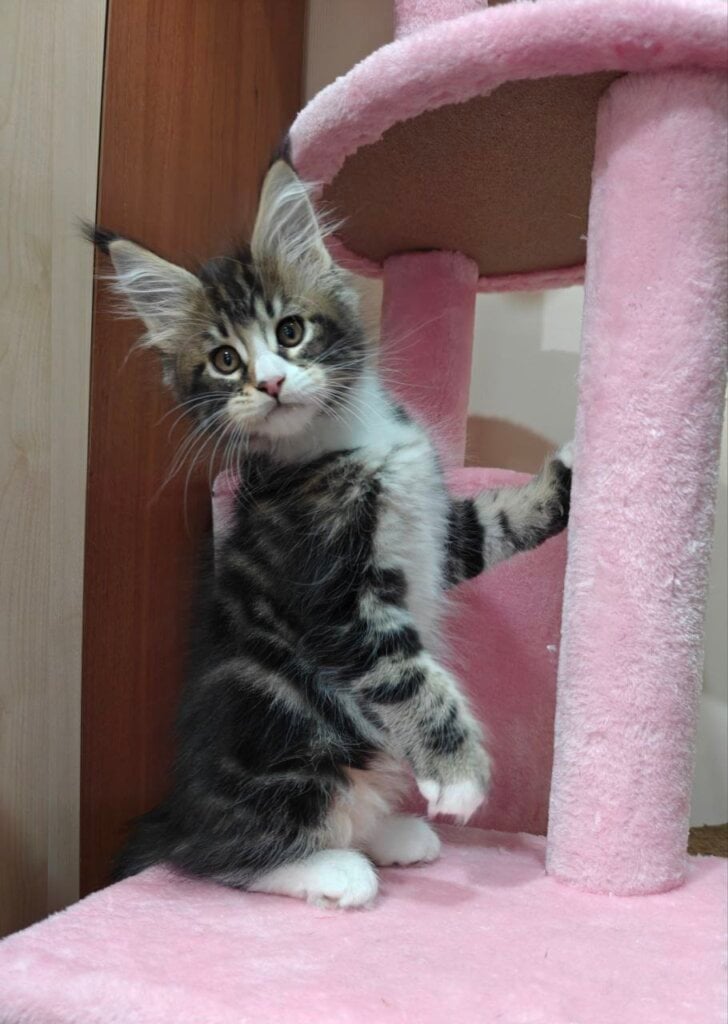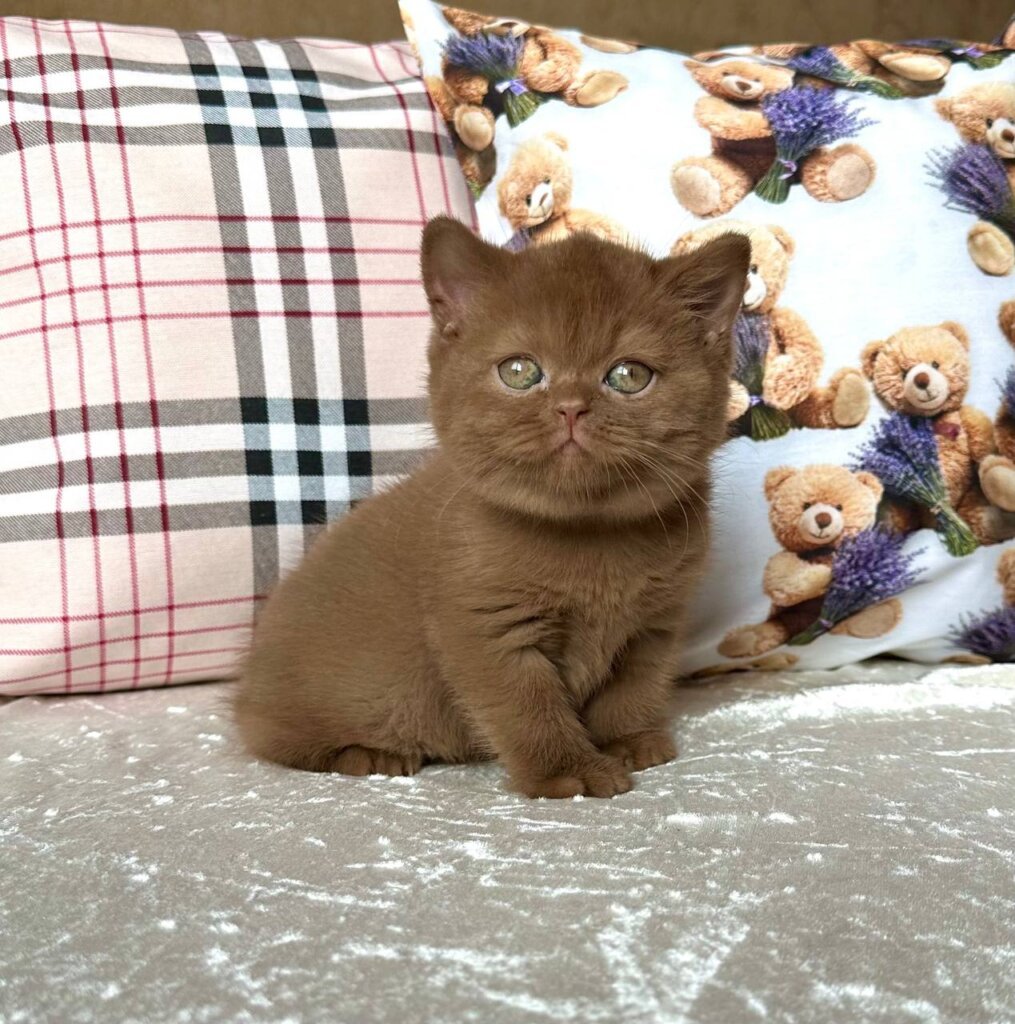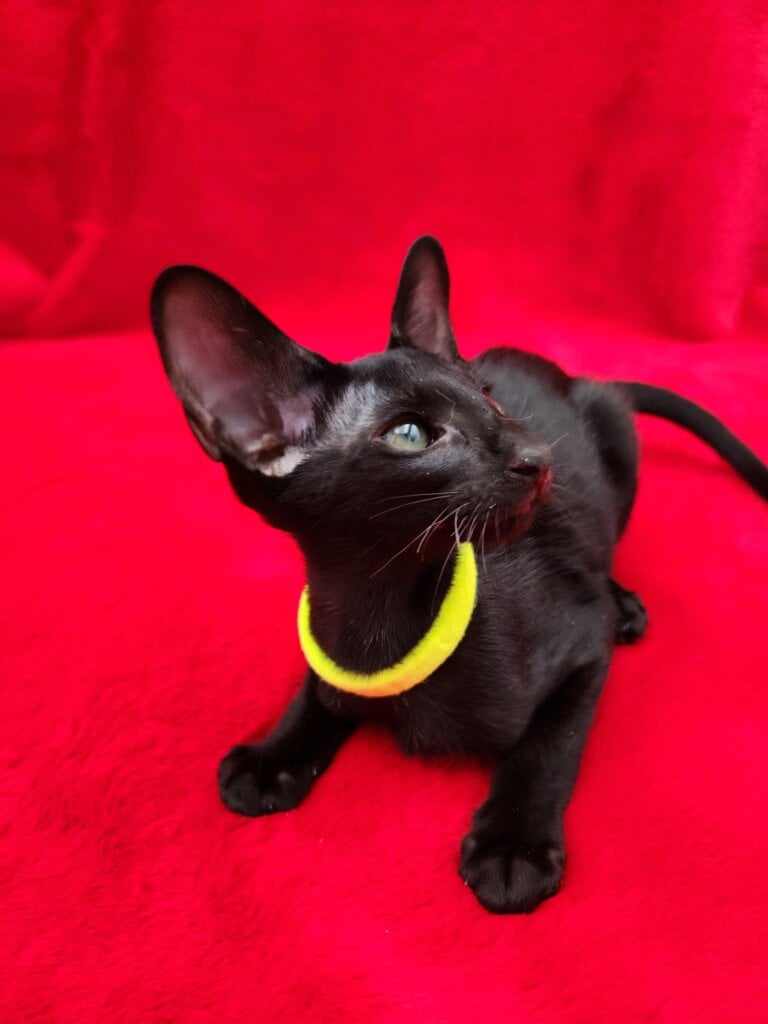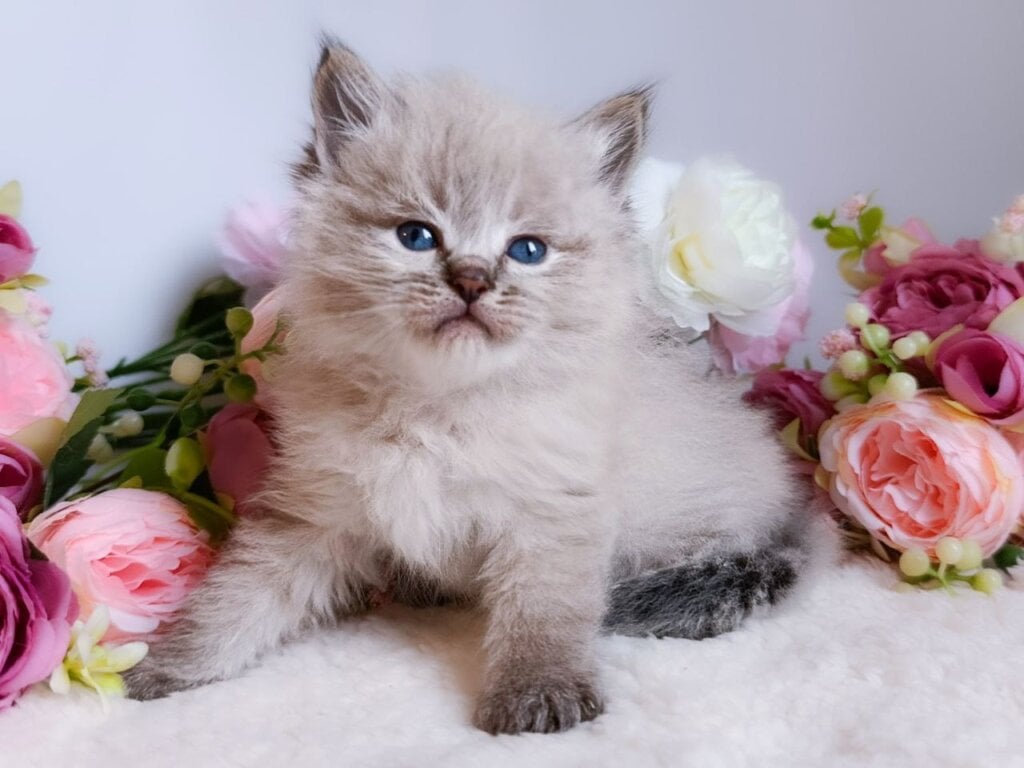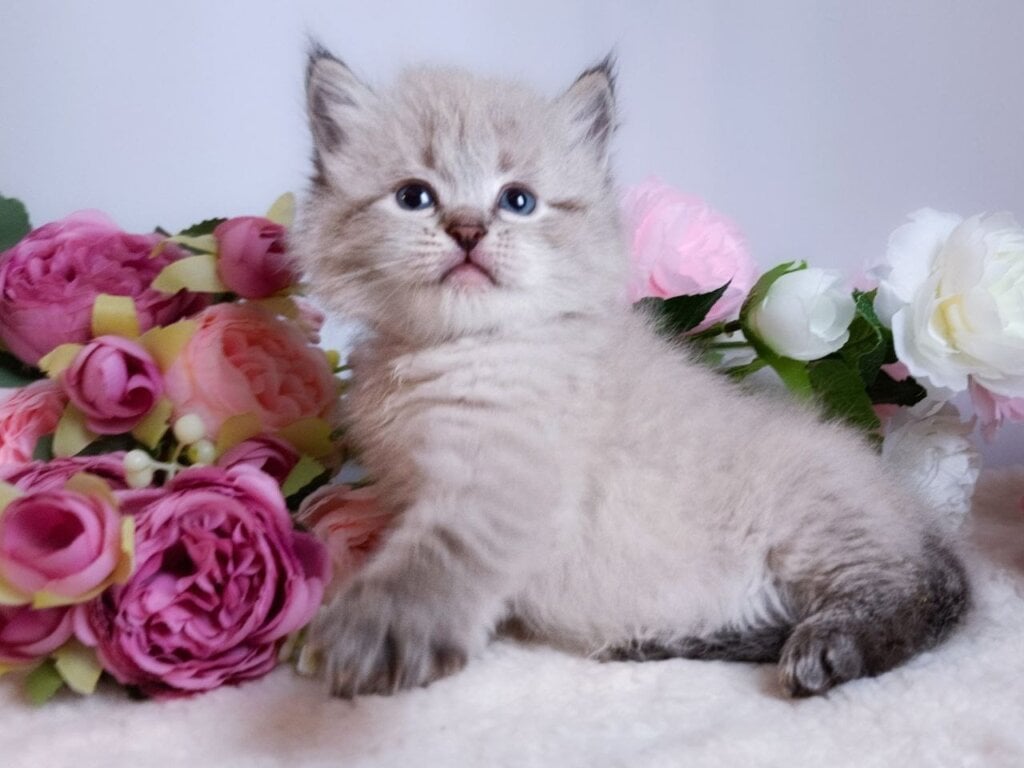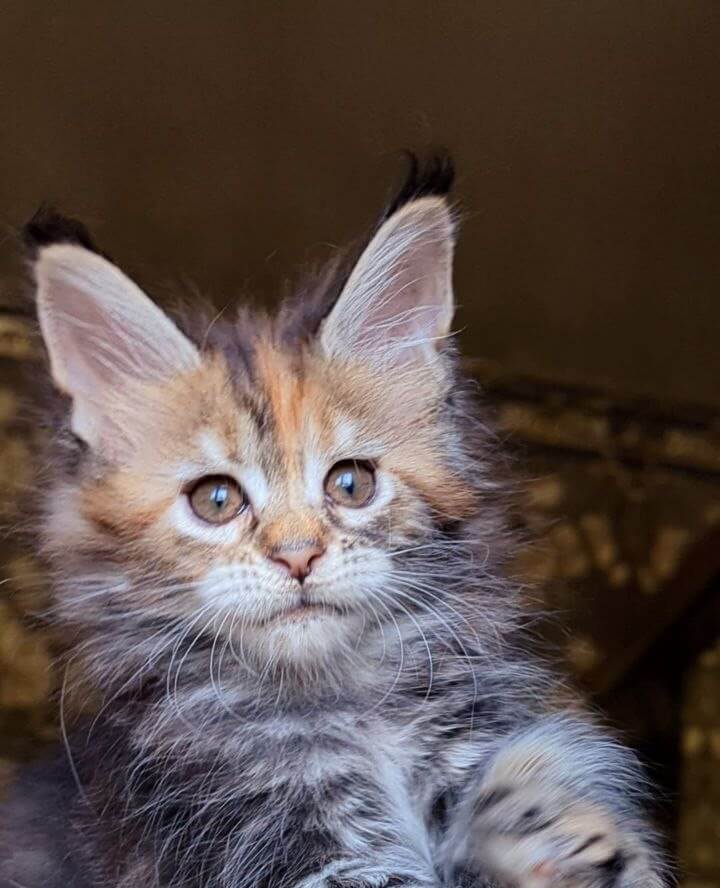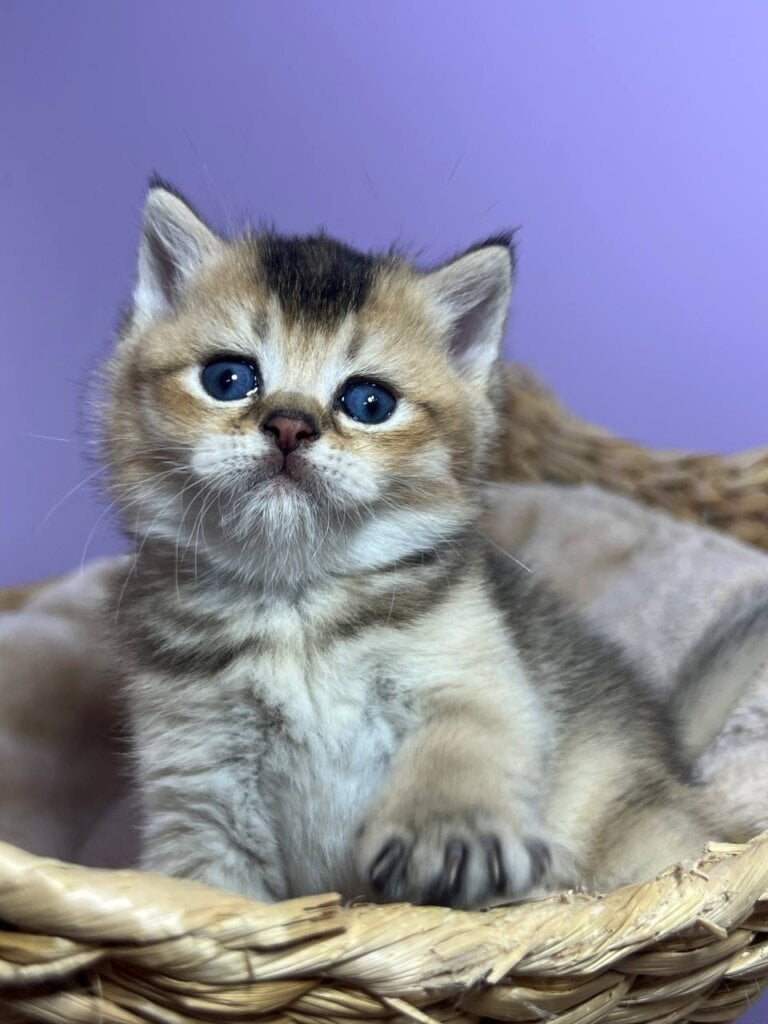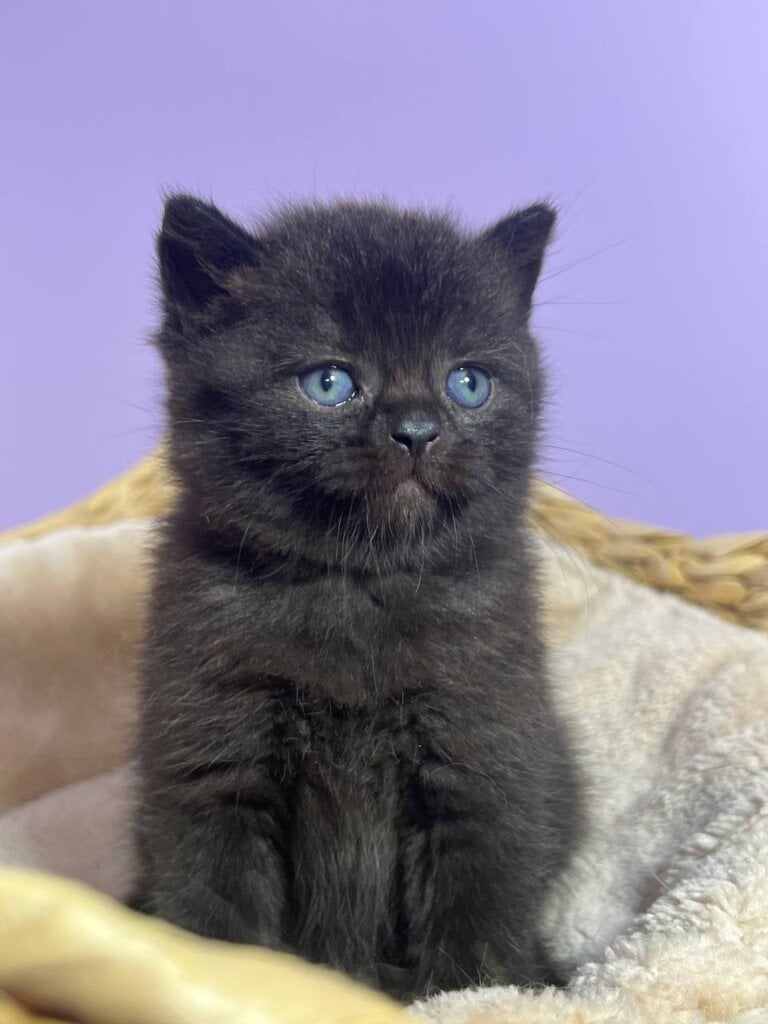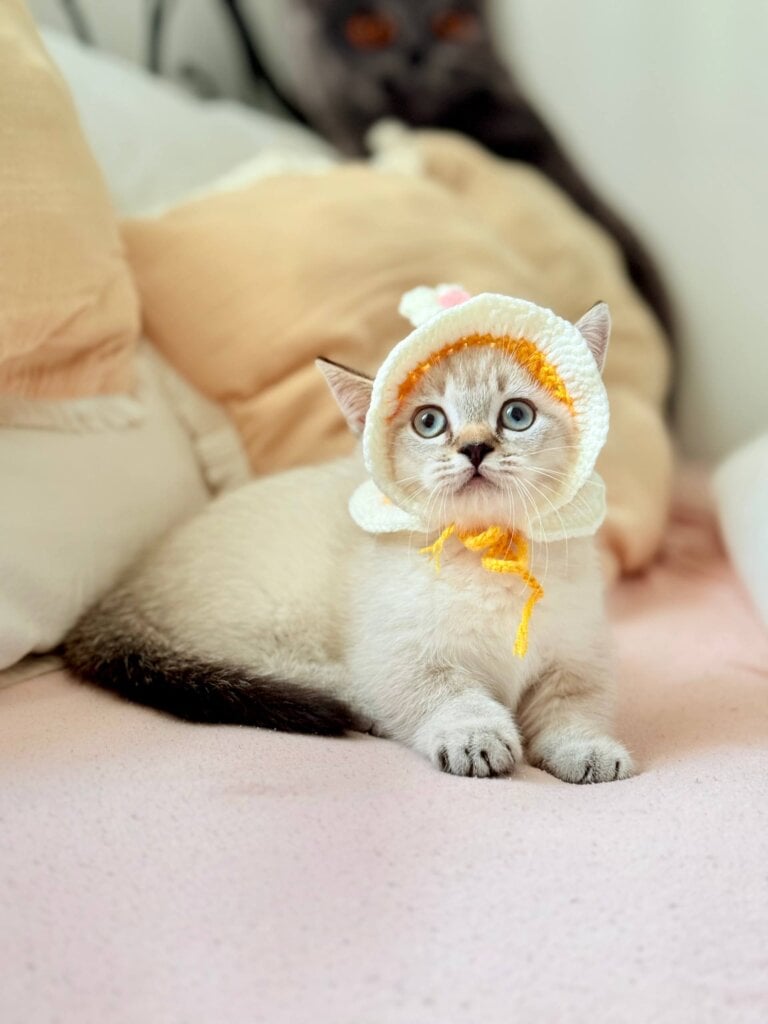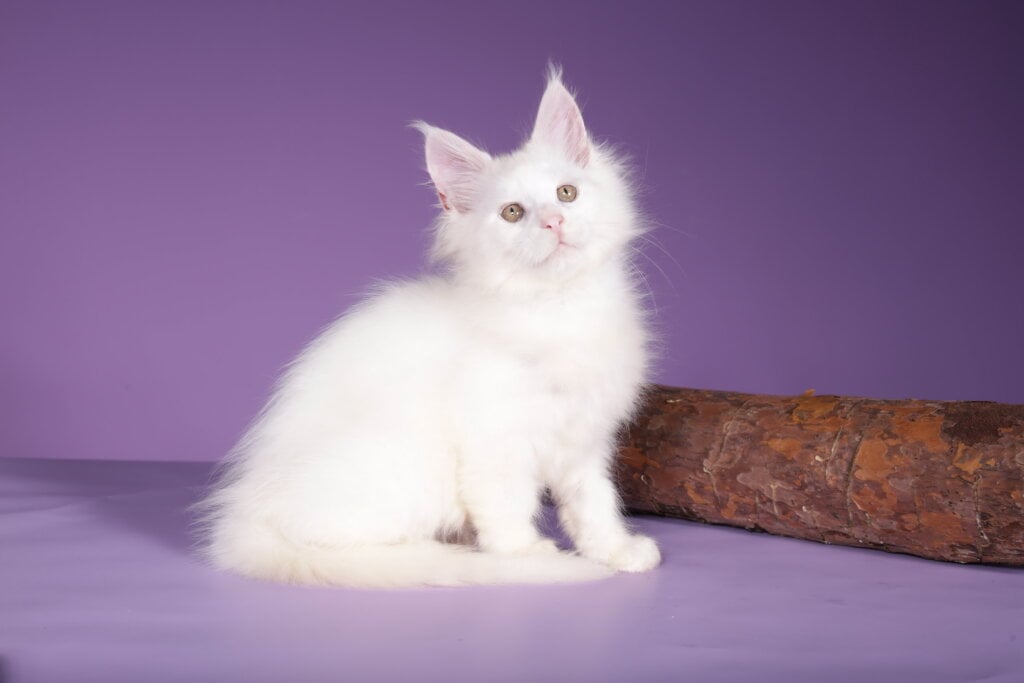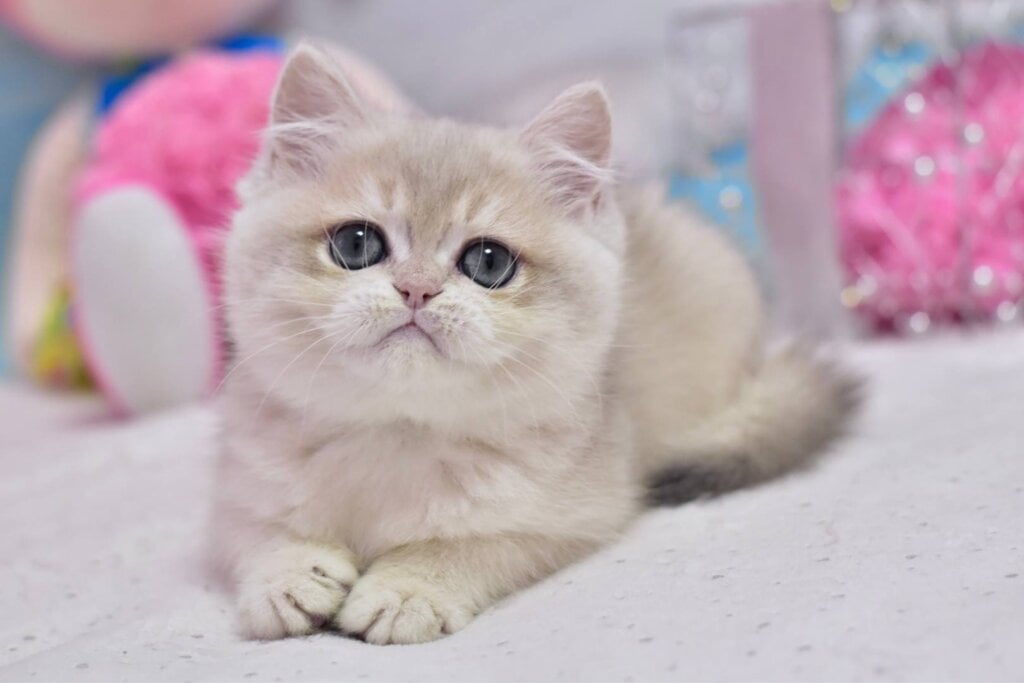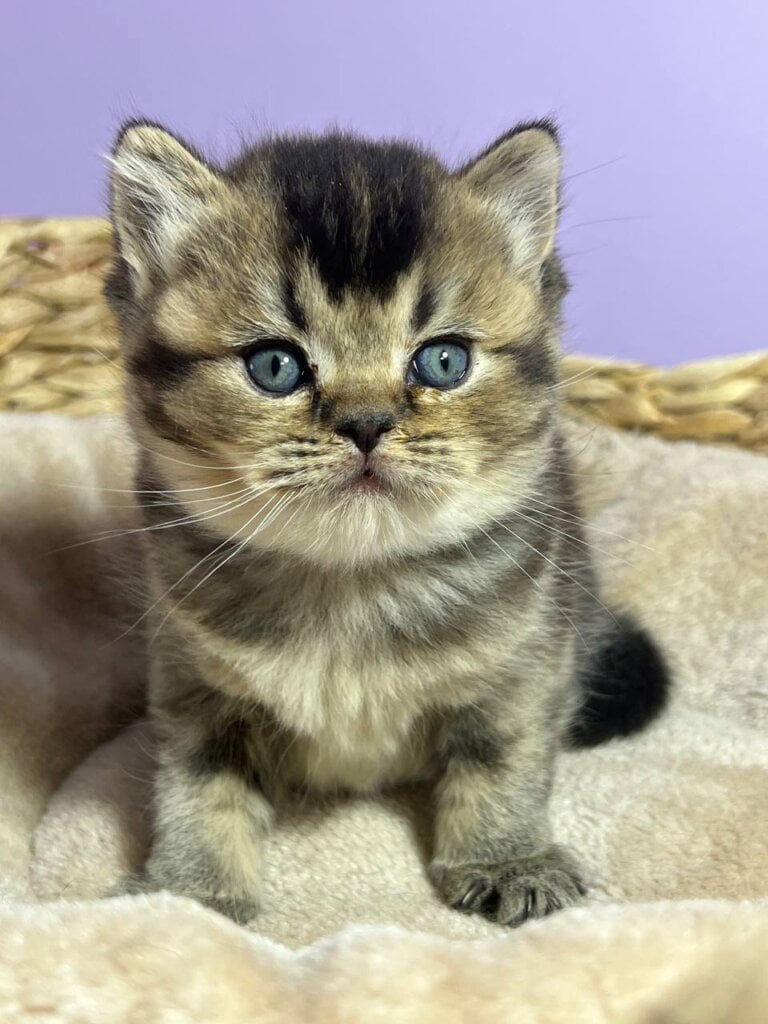How to Provide Perfect Kitten Care at Home
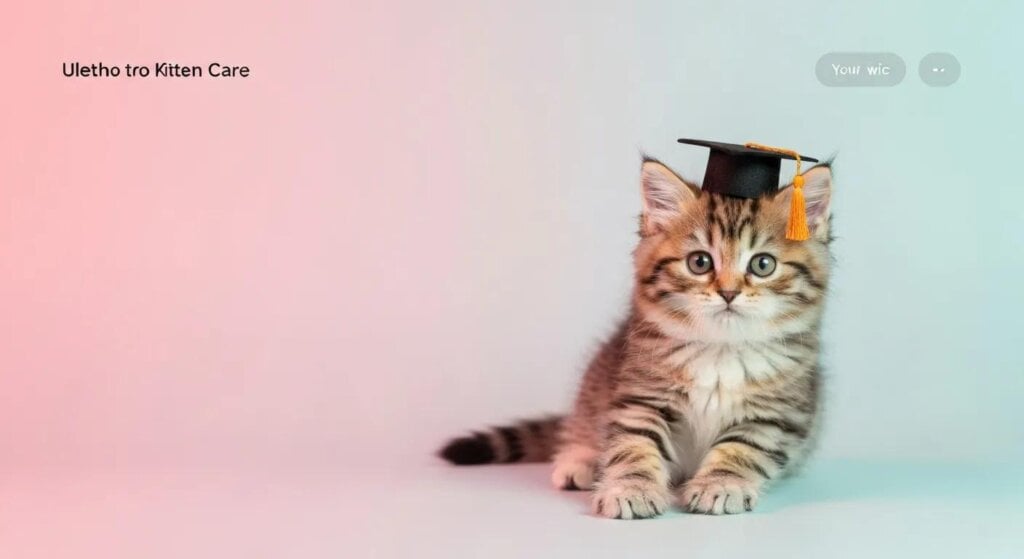
Ultimate Guide to Kitten Care
Bringing a kitten home begins with a clear definition of perfect kitten care: consistent nutrition, timely veterinary care, early socialization, safe grooming, and attentive environmental management that together support healthy physical and behavioral development. This guide teaches new owners how to prepare the home, feed by age, follow a complete vaccination and health routine, socialize and train for lifelong good behavior, and manage grooming and breed-specific needs. Many new owners worry about feeding correctly, spotting illness early, and transitioning a kitten from a cattery or breeder into a stable household; this article solves those problems with step-by-step checklists, tables, and practical routines. You will find feeding schedules by age, a vaccination timeline, breed-focused care notes for breeds like Maine Coon and Devon Rex, and concrete kitten-proofing measures to reduce accidents. Throughout, the guide integrates trusted breeder practices and post-adoption support examples so you can confidently raise a resilient, well-socialized kitten. Read on for actionable checklists, EAV tables for feeding and vaccines, and structured routines you can implement from day one.
What Essential Preparations Should You Make Before Bringing Your New Kitten Home?
Essential preparations mean creating a safe, comfortable environment and arranging logistics so the kitten can adapt quickly and without stress. Preparing includes removing hazards, gathering supplies, and planning the first 48 hours to reduce stress and support feeding and elimination habits. A calm, confined introduction area helps the kitten explore safely while you monitor eating, litter use, and rest, which in turn sets the stage for consistent feeding and veterinary follow-ups. The next sections explain room-by-room proofing, the must-have supplies checklist, and specific steps for transitioning a kitten that arrives from a European cattery, including documentation and arrival checks.
How Do You Kitten-Proof Your Home for Safety and Comfort?
Kitten-proofing is the process of identifying and removing household hazards so a curious kitten cannot ingest toxins or become injured, and it begins by evaluating rooms for accessible cords, small objects, and toxic plants. Secure electrical cords with cord covers, store small items in closed containers, and block off balcony or stair access to prevent falls; these actions reduce common causes of emergency vet visits. Create a dedicated kitten retreat with a warm bed, low light, and quiet to help the kitten self-soothe during its first days, and place food and litter nearby to reinforce routine. After addressing immediate physical hazards, the next step is assembling the core supplies that support feeding, hygiene, and comfort through the kitten’s early growth stages.
What Are the Must-Have Supplies for a New Kitten Checklist?
Assembling essential supplies before arrival prevents last-minute stress and supports early routine formation, and the checklist below highlights items that promote health and bonding. Start with a sturdy carrier for safe transport, a low-sided litter box and unscented litter for easy access, shallow food and water bowls, and age-appropriate kitten food to support growth. Include grooming tools such as a soft brush, nail clippers, and a gentle kitten-safe shampoo, plus enrichment items like toys and a scratching post to channel natural behaviors and prevent destructive play. Once supplies are gathered, prepare travel and documentation items so the arrival from the breeder or cattery proceeds smoothly and with minimal disruption.
- Essentials for immediate care and comfort when your kitten arrives:
Carrier, low-sided litter box, kitten food, shallow bowls.Soft bedding, hiding spot, scratching post, and interactive toys.Grooming basics, kitten-safe cleaning supplies, and a small first-aid kit.
Having these supplies ready ensures the kitten can settle and that you can monitor feeding and litter habits from the first day, which leads directly into safe arrival and acclimation procedures for kittens transported from catteries.
How Can You Prepare for Your Kitten’s Transition from European Cattery to Your Home?
Transitioning a kitten from a European cattery requires planning for documentation, health checks, and minimizing travel stress to ensure the kitten arrives healthy and calm, and you should confirm health certificates and vaccination records before travel. During travel, use a secure carrier with familiar bedding and a quiet route to reduce motion stress; immediately after arrival, provide a quiet, contained space with food, water, and the litter box to let the kitten orient. MeoWoff Kittens partners with WCF-registered European catteries and provides documented EU veterinary checks, vaccination and deworming protocols, and nationwide delivery options to ease the move; retain all paperwork and schedule a local vet visit within a few days to verify health status. Once paperwork and immediate needs are handled, follow the feeding and vaccination routines described in the next section to support healthy growth and immunity.
How Should You Feed Your Kitten for Healthy Growth and Development?
Feeding a kitten correctly means matching meal frequency, portion size, and nutrient-dense food to age-specific growth needs so the kitten gains weight steadily and develops muscle and organ systems. Proper feeding supports immune function, healthy coat and skin, and cognitive development during the early months; monitoring weight and body condition is the primary feedback loop. The following table provides a quick-reference feeding schedule by age and a short discussion about food types and safe transitions; after that, we cover brand selection and a stepwise plan for switching foods safely.
Here is a practical feeding schedule by age to guide daily portions and meal frequency.
| Age Range | Meals per Day | Typical Portion / Notes |
|---|---|---|
| 0–8 weeks (weaning) | 4–6 small feedings | Small frequent feeds; if still nursing, follow breeder guidance |
| 8–12 weeks | 4 meals | High-calorie kitten formula; monitor weight gain weekly |
| 3–6 months | 3 meals | Gradual portion increases; adjust to activity level |
| 6–12 months | 2–3 meals | Transition toward adult food near 12 months as advised by vet |
This feeding table helps owners estimate meal frequency and portion trends; consistent monitoring and regular vet weigh-ins guide fine adjustments and lead into choosing appropriate food types for balanced nutrition.
Feline Life Stage Guidelines: Kitten to Senior Care
These guidelines focus on the life stages of kitten through to senior. Because a cat can transition from kitten to young adult, mature adult, and senior and concluding with the end-of-life stage.
2021 AAHA/AAFP feline life stage guidelines, J Quimby, 2021
What Is the Best Kitten Feeding Schedule by Age?
The best feeding schedule balances frequent small meals for young kittens with reduced frequency as they mature, reflecting stomach capacity and calorie needs that change rapidly during the first year. Newborns and weaning kittens need multiple small feedings to maintain blood sugar and support growth, while older kittens shift to fewer, larger meals with higher calorie density to meet energy needs. Use body condition scoring and weekly weight checks to adjust portions, and plan to switch from kitten to adult formulations around 10–12 months based on breed and vet advice. Monitoring growth and readiness for diet change prepares you for choosing appropriate food types, which the following subsection addresses.
Which Kitten Food Types and Brands Are Recommended in 2025?
Choosing between wet, dry, and mixed feeding revolves around moisture needs, dental considerations, and nutrient density; wet food increases hydration and can be useful for kittens at risk of low water intake, while dry food can aid dental abrasion and convenience. Select foods with an AAFCO-complete kitten life-stage profile and transparent ingredient sourcing, and consult your veterinarian for breeds with special requirements or sensitivities. Recent brand guidance emphasizes life-stage formulas with high-quality animal proteins, appropriate phosphorus-calcium ratios, and no unnecessary fillers. After selecting a diet, the next subsection explains a safe, gradual transition process to avoid gastrointestinal upset.
How Do You Transition Your Kitten to New Foods Safely?
Transitioning foods should be a gradual 7–10 day process that mixes increasing proportions of the new food into the old to reduce vomiting or diarrhea and encourage acceptance; start with 25% new food on day one and reach 100% by day seven to ten. Monitor stool quality, appetite, and hydration daily, and pause or slow the transition if diarrhea or vomiting occurs, consulting your veterinarian if symptoms persist beyond 48 hours. For picky eaters, warm wet food slightly and offer consistent meal times to encourage eating, and avoid sudden treats or table scraps that can derail adaptation. Once the kitten tolerates the new food, continue routine monitoring and regular weight checks to ensure growth targets are met, which connects to vaccination and routine health care scheduling next.
What Is the Complete Kitten Vaccination Schedule and Health Care Routine?
A complete vaccination and health routine protects against core infectious diseases and common parasites, combining scheduled vaccines, deworming, flea prevention, and a planned spay/neuter timeline to maximize long-term health. Vaccines stimulate immune responses that reduce the risk of severe disease, while routine deworming and parasite control prevent growth-limiting infestations; documenting each procedure creates a reliable medical history. Below is a concise vaccine and procedure timeline table to guide owners and veterinarians through typical age windows, followed by prevention tips and how to recognize early signs of illness.
Vaccination and routine care timeline for quick reference.
| Vaccine / Procedure | Recommended Age | Notes / Booster Interval |
|---|---|---|
| FVRCP (core) | 6–8 weeks (start) | Repeat every 3–4 weeks until 16 weeks; booster at 1 year |
| Rabies | Per local rule (commonly 12–16 weeks) | Single dose timing varies; follow local regulations |
| FeLV (select) | 8–12 weeks if at risk | Two doses 3–4 weeks apart; recommended for outdoor or multi-cat homes |
| Deworming | 2, 4, 6, 8 weeks then per vet | Regular deworming schedule during early months |
This table clarifies standard vaccine timing and supports planning the first vet visit and subsequent boosters; next we highlight how to spot common illnesses and preventive measures.
Kitten Vaccination and Deworming Protocols for Health
Regular deworming is recommended for kittens, and vaccination protocols should be followed closely. Antibody response after feline panleukopenia virus vaccination in kittens with and without intestinal parasites is a key consideration for ensuring adequate immunity.
Antibody response after feline panleukopenia virus vaccination in kittens with and without intestinal parasites, K Hartmann, 2024
When Do Kittens Receive Their First Shots and Boosters?
Kittens commonly receive the first round of core vaccines at about 6–8 weeks with boosters every 3–4 weeks until around 16 weeks to ensure robust immunity as maternal antibodies wane, and rabies timing follows local regulations often around 12–16 weeks. Keep a clear vaccination record and schedule the first comprehensive vet exam within days of adoption to confirm weight, parasite status, and vaccine timing. For multi-cat households or outdoor access, FeLV testing and vaccination may be advised based on exposure risk; discuss specifics with your vet. Accurate recordkeeping of vaccines and boosters supports future care decisions and links directly to preventive parasite control discussed next.
How Do You Recognize and Prevent Common Kitten Health Problems?
Recognizing common kitten illnesses requires watching for red-flag symptoms like persistent diarrhea, vomiting, lethargy, poor appetite, sneezing, or difficulty breathing, and these signs warrant prompt veterinary assessment. Preventive measures include maintaining vaccination schedules, routine deworming, flea prevention appropriate for kitten age, and strict hygiene practices with litter and food areas to reduce pathogen spread. Early detection through daily observation of appetite, stool, and activity level allows rapid intervention that often prevents complications and supports recovery. Clear documentation of symptoms and prior treatments helps your veterinarian diagnose quickly and is essential when using breeder-provided health guarantees, which we describe next.
What Genetic Health Guarantees and Veterinary Checks Does MeoWoff Provide?
MeoWoff Kittens collaborates with WCF-registered European catteries and provides documented EU veterinary checks prior to sale, including standard vaccination and deworming protocols, which supports buyer confidence in initial health status. As stated, MeoWoff offers a one-year genetic health guarantee that covers documented congenital conditions under specified terms, and owners should retain all veterinary documentation and follow-up exams to validate any claim. Use the guarantee by obtaining a veterinary assessment and official reports if a genetic condition appears within the guarantee window; keep records of the kitten’s pre-sale checks and vaccination history to expedite the process. After establishing the routine vaccination plan, the next major area is early socialization and training to build a well-behaved companion.
How Can You Socialize and Train Your Kitten for a Happy, Well-Behaved Pet?
Socialization and training during sensitive early windows shape temperament and reduce lifelong fear or aggression; early handling, exposure to varied people and sounds, and positive reinforcement for desired behaviors produce confident adult cats. Structured play builds social bonds and directs predatory behavior into appropriate toys rather than household items, while consistent litter training and gentle introductions to other pets prevent stress-related behavioral disorders. The upcoming subsections lay out age-prioritized socialization activities, a stepwise litter-training routine, and phased introductions to other pets and family members to minimize conflict.
What Are the Best Kitten Socialization Tips for Early Development?
The best socialization practice emphasizes gentle, frequent handling by different people, brief exposures to household sounds, and positive reinforcement during the 3–12 week prime window to reduce fear responses later in life. Use short, calm sessions that include petting, playing with toys, and offering treats so the kitten associates human interaction with reward, and gradually introduce novel textures and safe stimuli to build resilience. Avoid overstimulation by watching for stress signals such as flattened ears or hissing, and pause before the kitten becomes overwhelmed so interactions stay positive. These socialization foundations lead into practical litter training steps that support daily hygiene and indoor living.
- Core socialization priorities for 3–12 weeks:
Regular handling by multiple caregivers to increase tolerance.Play-based exposure to common household sounds and textures.Gentle introduction to routine grooming and vet handling.
Consistent socialization reduces fear-based behaviors and prepares the kitten for veterinary visits and household life, which supports the litter training methods described next.
Kitten Socialization: Fostering Practices for Development
Many companion kittens entering shelters are fostered by volunteer community members during the sensitive period for socialisation (~2 to 9 weeks of age) when early experiences are critical to behavioural development. Using a mixed-method survey, we explored current fostering practices relevant to kitten behavioural development and welfare.
Understanding kitten fostering and socialisation practices using mixed methods, C Graham, 2024
How Do You Litter Train Your Kitten Effectively?
Litter training is straightforward when you provide accessible boxes, consistent placement, and routine timing after meals and naps; most kittens instinctively use litter if the environment is supportive. Choose a low-sided box for small kittens, use unscented clumping litter when age-appropriate, and place boxes in quiet, easy-to-find locations; show the kitten the box after meals and reward successful use with calm praise. Address accidents by cleaning thoroughly with enzyme cleaner and reassessing box number and placement rather than punishment, and add boxes for multi-level homes or multiple cats to reduce territorial issues. Successful litter habits simplify household management and enable smoother introductions to other pets and family members.
How Should You Introduce Your Kitten to Other Pets and Family Members?
Introduce kittens to other pets and children through a phased approach that begins with scent exchange, then controlled visual contact, and finally supervised in-person interactions to minimize aggression and stress. Start by swapping bedding or using a cloth to transfer scent, then allow brief, supervised meetings with pets on leashes or behind gates while offering treats to encourage calm association. Teach children gentle handling and set clear boundaries to prevent rough play, and always provide the kitten with escape routes and safe spaces during introductions. A gradual, reward-based protocol promotes peaceful cohabitation and reduces the risk of fear-based responses that can become entrenched.
What Grooming and Hygiene Practices Are Essential for Kitten Care at Home?
Routine grooming and hygiene preserve skin and coat health, prevent matting, reduce parasite risk, and allow early detection of ear, eye, or dental issues; grooming routines also strengthen the human-animal bond when done gently. Frequency varies by coat type and breed, with longhair kittens needing daily brushing and shorthaired kittens usually requiring weekly attention; bathing is rarely necessary but can be useful for specific cleanup situations using kitten-safe shampoo. The next subsections outline brushing and bathing schedules and give stepwise guidance for nail trimming and ear/eye care to keep your kitten comfortable and healthy.
How Often Should You Brush and Bathe Your Kitten?
Brushing frequency depends on coat length: longhair kittens (e.g., Maine Coon, Ragdoll) benefit from daily gentle brushing to prevent tangles, while shorthair and rex-type coats can be brushed weekly to remove loose hair. Bathing is only recommended when necessary—such as grease or significant dirt—and should use a mild, kitten-formulated shampoo with careful temperature control and drying to avoid chilling; most kittens never require regular baths if brushing is consistent. Regular brushing also helps you monitor skin condition and early signs of parasites or dermatitis, which connects into nail, ear, and eye care practices described next.
What Are the Best Practices for Nail Trimming and Ear/Eye Care?
Nail trimming should begin early with gradual introductions to the process, using small, sharp clippers and trimming just the transparent tip to avoid the quick; perform short sessions and reward the kitten to foster cooperation. Inspect ears weekly for wax, odor, or redness and clean gently with a vet-recommended solution only when necessary; for eyes, wipe minor discharge with a clean, damp cloth and seek veterinary care for persistent tearing or cloudiness. Proper grooming tools and gentle handling reduce stress and prevent injuries, and routine checks provide early detection of conditions that require veterinary attention.
How Do Breed-Specific Needs Affect Kitten Care?
Breed-specific needs influence grooming, activity levels, growth rate, and health monitoring; understanding these differences allows tailored nutrition, grooming schedules, and preventive care for breeds such as Maine Coon, British Shorthair, Scottish Fold, Ragdoll, and Devon Rex. Breed-targeted guidance reduces the risk of breed-related conditions by emphasizing early monitoring and specific lifestyle adjustments, and the table below summarizes unique care needs and practical actions. After the table, each breed subsection highlights actionable care steps to help owners anticipate developmental differences and veterinary watchpoints.
| Breed | Unique Care Need | Practical Action |
|---|---|---|
| Maine Coon | Rapid growth, large size | High-calorie kitten formula and joint-support monitoring |
| British Shorthair | Dense coat, stocky build | Weekly brushing and controlled portioning to prevent weight gain |
| Scottish Fold | Cartilage/genetic concerns | Gentle handling, monitor for joint issues, consult specialist if needed |
This breed-specific comparison guides owners on where to focus grooming, nutrition, and health monitoring, with more detailed breed notes following to tailor daily care routines.
What Are the Unique Care Requirements for Maine Coon Kittens?
Maine Coon kittens exhibit rapid growth and develop into large adults, so they require calorie-dense diets balanced for bone and joint development along with controlled exercise to build muscle without overloading joints. Regular brushing prevents matting in their semi-long coat and reduces hairball formation, and owners should monitor mobility and hip/elbow health as the kitten matures. Provide large-enough litter boxes and sturdy climbing structures to accommodate their size and activity levels, and discuss breed-specific nutrition with your veterinarian to support optimal growth. These tailored practices inform the contrast between other breeds like British Shorthair and Scottish Fold discussed next.
How Do British Shorthair and Scottish Fold Kittens Differ in Temperament and Care?
British Shorthair kittens are typically calm and compact, requiring portion control to prevent obesity and moderate grooming to manage their dense undercoat, while Scottish Fold kittens require careful monitoring for cartilage-related conditions and benefit from gentle handling and veterinary surveillance for joint health. Socialization practices are similar, but activity recommendations differ: British Shorthairs enjoy moderate play sessions, while Scottish Folds may require careful exercise planning that avoids high-impact stress to joints. Both breeds need routine dental and weight monitoring to prevent common lifelong issues, and breed-specific watchfulness supports timely veterinary referrals when necessary.
What Special Considerations Apply to Ragdoll and Devon Rex Kittens?
Ragdoll kittens are known for their placid temperament and strong bonding tendencies, so consistent gentle handling and regular interactive play support healthy attachment without fostering separation anxiety; their semi-long coat needs regular brushing to prevent tangles. Devon Rex kittens have short, curly coats often described as low-shedding, but they still require skin and coat care and protection from cold due to thinner fur; the Devon Rex breed sometimes appears in hypoallergenic conversations, yet owners should evaluate individual reactions rather than assume absence of allergens. Both breeds benefit from early socialization, tailored grooming routines, and routine veterinary monitoring specific to their breed risks and coat types. MeoWoff breed pages and post-adoption support are available to help owners apply these recommendations in practice.
What Ongoing Support and Resources Does MeoWoff Kittens Offer for Lifelong Kitten Care?
MeoWoff Kittens provides post-purchase advice and lifelong support as part of its breeder service model, offering guidance on nutrition, behavior, and health and a documented one-year genetic health guarantee tied to EU veterinary checks. Owners can access breed-specific post-adoption assistance, return or rehoming options if needed, and practical support for transition and delivery logistics when kittens arrive from WCF-registered European catteries. MeoWoff emphasizes strict vaccination protocols, systematic deworming, and champion bloodlines as part of their offering, and recommends owners retain all veterinary documentation to ensure seamless use of guarantees and follow-up care. For additional learning, owners should consult breed guides, authoritative veterinary resources, and MeoWoff’s care materials to continue informed, proactive kitten care.
How Can You Access MeoWoff’s Advice and Assistance After Adoption?
After adoption, MeoWoff offers ongoing advice on nutrition, behavioral queries, and health concerns through its post-adoption support channels, and owners are encouraged to document veterinary visits to facilitate any necessary follow-up. Typical post-adoption topics include feeding adjustments by growth stage, socialization troubleshooting, and clarification of vaccination timing based on the kitten’s initial records. When health questions arise, provide your vet with MeoWoff’s pre-sale veterinary checks and vaccine records to ensure continuity of care and expedite any guarantee processes. Maintaining clear communication and documentation enables efficient resolution of health or behavioral issues and supports long-term wellness.
What Is Included in the MeoWoff Genetic Health Guarantee and Return Policy?
The MeoWoff genetic health guarantee covers specified congenital conditions for one year following purchase when documented by a licensed veterinarian and supported by the kitten’s EU veterinary checks that were performed prior to sale. Owners should retain all medical records and follow the outlined steps—veterinary confirmation, diagnostic documentation, and timely notification—to use the guarantee or discuss return or rehoming options. MeoWoff’s policies emphasize buyer protection through transparent pre-sale health screening, systematic deworming, vaccination, and breeder-backed support to help owners address genetic or health concerns within the guarantee period. Keeping a complete medical record simplifies any claims and encourages responsible breeder-owner collaboration.
Where Can You Find Additional Kitten Care Guides and FAQs?
For ongoing education, owners should consult curated resources including breed-specific guides, veterinarian-authored care articles, and reputable animal welfare organizations to supplement daily care practices and stay current with best practices. MeoWoff’s care resources and breed pages offer targeted information for the breeds they place, while external authoritative sources provide broader clinical perspectives and updates in 2025 veterinary recommendations. Regularly revisiting these resources and combining them with your veterinarian’s guidance ensures your kitten’s care plan remains current and evidence-based, and it supports confident decision-making across nutrition, preventive care, and behavior management.
- Recommended resource types to consult regularly:
Breed-specific care guides and breeder-provided documentation.Veterinarian-authored clinical guidance on vaccination and parasites.Authoritative welfare and breeding organizations for updated best practices.
These resources, paired with MeoWoff’s post-adoption support and documented health checks, create a reliable knowledge base to support your kitten’s lifelong health and wellbeing.


